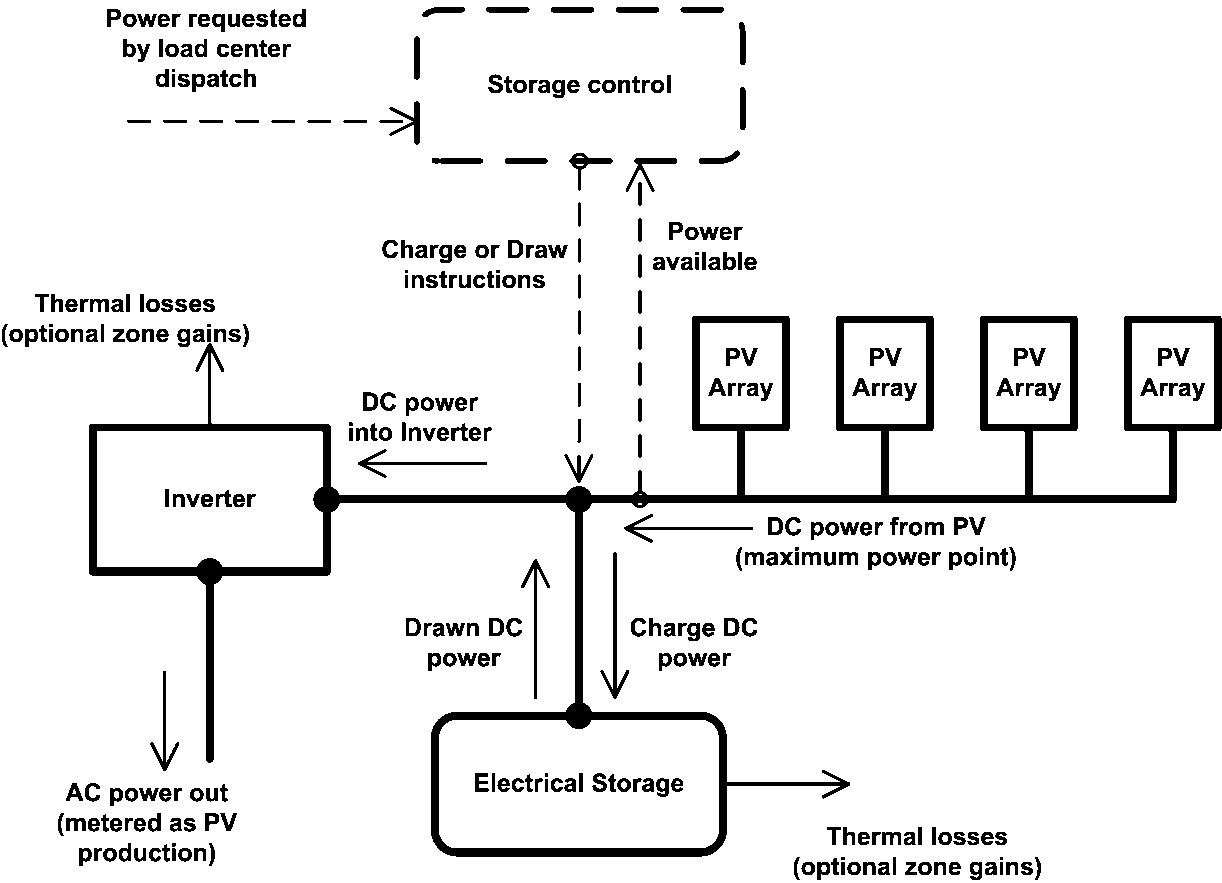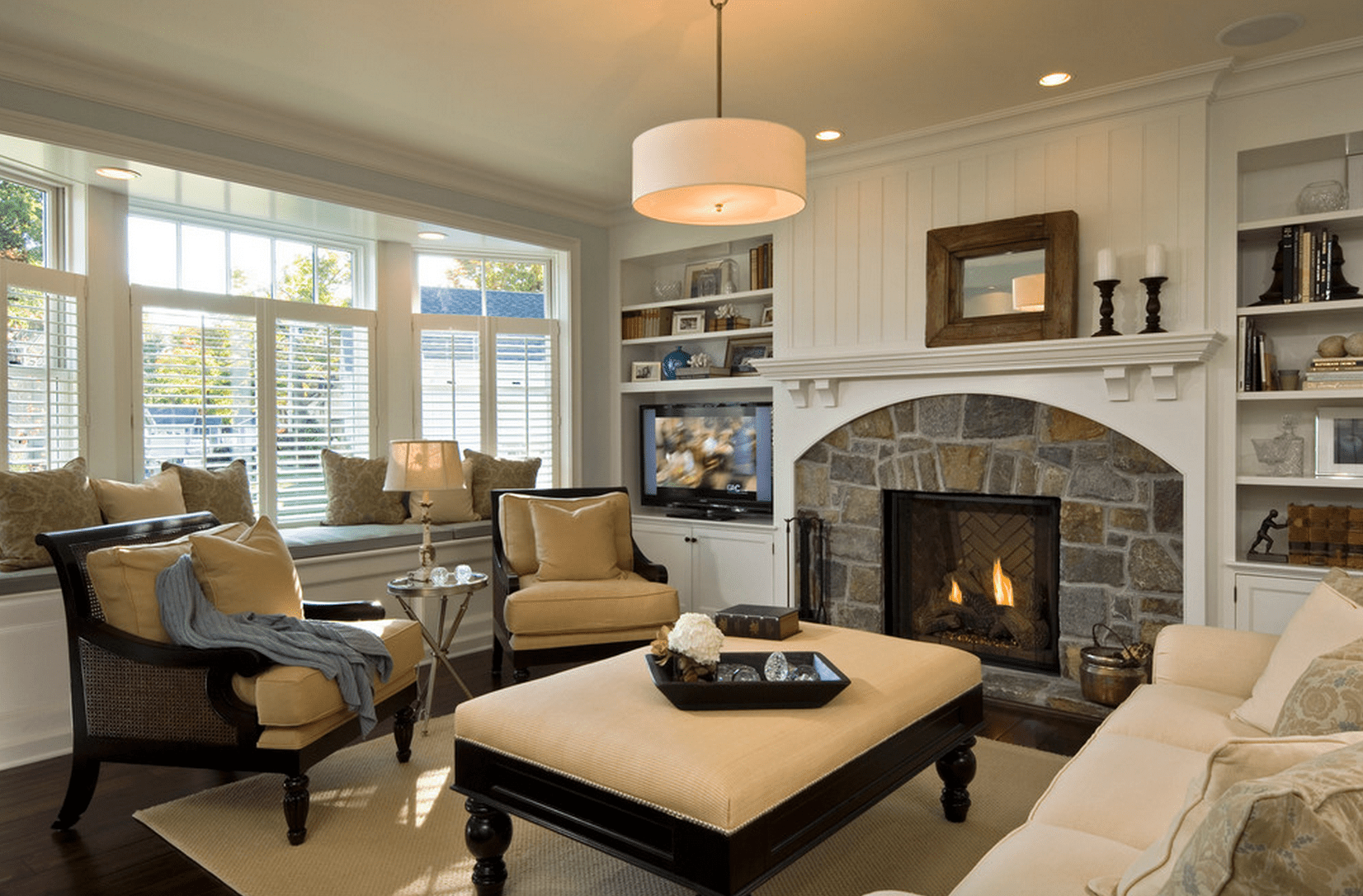The electrical outlet is an essential part of a living room electric circuit. It is the point of connection between the electrical device and the power source. Without an electrical outlet, it would be impossible to power any electrical appliances, such as lamps, televisions, or chargers. Most living rooms have multiple electrical outlets strategically placed for convenience and accessibility. These outlets are typically located near the floor or at waist level, making it easy to plug in and use devices. The standard outlet has two or three prongs, depending on the type of electrical device it is used for. In some cases, a GFCI outlet may be installed for added safety. Electrical Outlet
The circuit breaker is a safety device that protects the living room electric circuit from overloading and potential electrical fires. It is usually located in the electrical panel, which is often placed in the basement or garage. The circuit breaker works by automatically shutting off the electricity flow when it detects an overload or short circuit. This prevents any damage to the electrical wiring and appliances and helps keep the living room safe from electrical hazards. It is important to know the location of the circuit breaker and how to reset it in case of emergencies. Circuit Breaker
The light switch is a simple but crucial component of a living room electric circuit. It is used to turn the room's lights on and off, providing both functionality and ambiance. Light switches are typically located near the entrance of the room or near the door. They can also be connected to dimmer switches, allowing for adjustable lighting levels. Recently, smart light switches have become popular, allowing users to control the lights with their smartphones or voice commands. Light Switch
Electrical wiring is the backbone of the living room electric circuit. It is responsible for carrying the electricity from the power source to the outlets, light switches, and appliances. The wiring is usually hidden behind walls and ceilings, making it an invisible but essential part of the living room. Proper wiring is crucial for the safe and efficient functioning of the electric circuit. It is recommended to have a professional electrician install and maintain the wiring to avoid any potential hazards. Electrical Wiring
The power cord is the visible and external part of the electrical wiring. It is the cable that connects the electrical device to the outlet. Power cords are usually made of rubber or plastic and have two or three prongs at one end and a plug at the other end. To ensure safety, it is essential to inspect power cords regularly for any damage or wear and tear. Damaged power cords should be replaced immediately to avoid electrical hazards. Power Cord
The Ground Fault Circuit Interrupter, also known as GFCI, is a type of electrical outlet that provides added protection against electrical shocks. It is usually installed in areas where water is present, such as the living room, kitchen, and bathroom. The GFCI outlet works by detecting any fluctuations in the electrical current and shutting off the electricity flow in case of a ground fault. This helps prevent electrical shocks and potential hazards. Ground Fault Circuit Interrupter (GFCI)
The electrical panel, also known as the breaker box, is the central hub of the living room electric circuit. It is usually located in the basement or garage and contains all the circuit breakers for the entire house. The panel is responsible for distributing electricity to different parts of the house, including the living room. It is essential to label and understand the circuit breakers in the electrical panel to know which one controls which area of the house. Electrical Panel
A surge protector is a device that protects the living room electric circuit from sudden voltage spikes. It is typically used for sensitive electronic devices, such as computers, televisions, and gaming consoles. Surge protectors work by redirecting the excess voltage to the ground, protecting the devices from potential damage. It is recommended to use surge protectors in the living room to prevent any damage to expensive electronics. Surge Protector
Electrical sockets are similar to electrical outlets, but they are usually built into the wall and are used for permanent installations. They are commonly used for appliances that require a higher voltage, such as refrigerators, air conditioners, and washing machines. Electrical sockets have larger prongs and are usually placed higher on the wall compared to electrical outlets. It is essential to use the correct socket for each appliance to avoid any potential hazards. Electrical Socket
The electrical load refers to the total amount of power consumed by all the electrical devices in the living room. It is important to understand the electrical load to ensure that the living room electric circuit is not overloaded. Overloading the circuit can lead to overheating and potential electrical fires. It is recommended to distribute the electrical load evenly among different circuits to avoid overloading. Electrical Load
Introduction to Living Room Electric Circuit

The Importance of a Functional Electric Circuit in Your Living Room
 When it comes to designing a house, one of the key considerations is the electric circuit. This is especially true for the living room, which is often considered the heart of the home. A functional electric circuit is crucial in ensuring that your living room is not only aesthetically pleasing, but also safe and convenient to use.
The electric circuit in a living room is responsible for powering various appliances and devices such as televisions, lamps, and charging stations. It is important to have a well-designed circuit to avoid overloading and potential hazards such as short circuits or electrical fires. A properly designed circuit will also help to reduce energy consumption and save on electricity bills.
The Basic Components of a Living Room Electric Circuit
Before diving into the details of a living room electric circuit, it is important to understand its basic components. The first and most important component is the
main electrical panel
, also known as the breaker box. This is where the main power supply enters the house and is distributed to the different circuits.
The second key component is the
circuit breaker
, which acts as a safety mechanism by automatically cutting off power in case of an overload or short circuit. It is important to choose the right size and type of circuit breaker for the specific appliances and devices in your living room.
When it comes to designing a house, one of the key considerations is the electric circuit. This is especially true for the living room, which is often considered the heart of the home. A functional electric circuit is crucial in ensuring that your living room is not only aesthetically pleasing, but also safe and convenient to use.
The electric circuit in a living room is responsible for powering various appliances and devices such as televisions, lamps, and charging stations. It is important to have a well-designed circuit to avoid overloading and potential hazards such as short circuits or electrical fires. A properly designed circuit will also help to reduce energy consumption and save on electricity bills.
The Basic Components of a Living Room Electric Circuit
Before diving into the details of a living room electric circuit, it is important to understand its basic components. The first and most important component is the
main electrical panel
, also known as the breaker box. This is where the main power supply enters the house and is distributed to the different circuits.
The second key component is the
circuit breaker
, which acts as a safety mechanism by automatically cutting off power in case of an overload or short circuit. It is important to choose the right size and type of circuit breaker for the specific appliances and devices in your living room.
The Different Circuits in a Living Room Electric Circuit
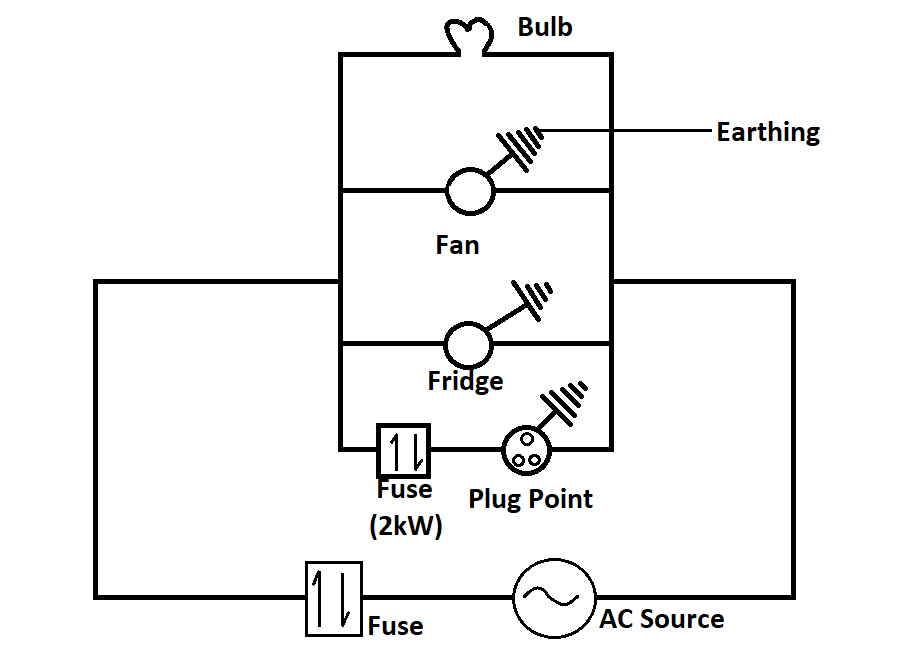 There are typically three main circuits in a living room electric circuit: lighting, outlets, and special circuits. The lighting circuit is responsible for powering all the lights in the living room, while the outlets circuit powers the various outlets for devices and appliances. Special circuits, on the other hand, are designed for specific needs such as high-powered devices like air conditioning units or home theater systems.
Proper Wiring and Safety Measures
A vital aspect of a well-designed living room electric circuit is proper wiring. All wiring should be done by a licensed electrician to ensure it meets safety standards and codes. It is also important to use the correct wiring size and type for each circuit to avoid overloading and potential hazards.
In addition to proper wiring, it is important to have safety measures in place such as
ground fault circuit interrupters (GFCIs)
and
arc fault circuit interrupters (AFCIs)
. GFCIs protect against electrical shocks by quickly cutting off power in case of a ground fault, while AFCIs detect and prevent potential fire hazards caused by arcing.
There are typically three main circuits in a living room electric circuit: lighting, outlets, and special circuits. The lighting circuit is responsible for powering all the lights in the living room, while the outlets circuit powers the various outlets for devices and appliances. Special circuits, on the other hand, are designed for specific needs such as high-powered devices like air conditioning units or home theater systems.
Proper Wiring and Safety Measures
A vital aspect of a well-designed living room electric circuit is proper wiring. All wiring should be done by a licensed electrician to ensure it meets safety standards and codes. It is also important to use the correct wiring size and type for each circuit to avoid overloading and potential hazards.
In addition to proper wiring, it is important to have safety measures in place such as
ground fault circuit interrupters (GFCIs)
and
arc fault circuit interrupters (AFCIs)
. GFCIs protect against electrical shocks by quickly cutting off power in case of a ground fault, while AFCIs detect and prevent potential fire hazards caused by arcing.
Conclusion
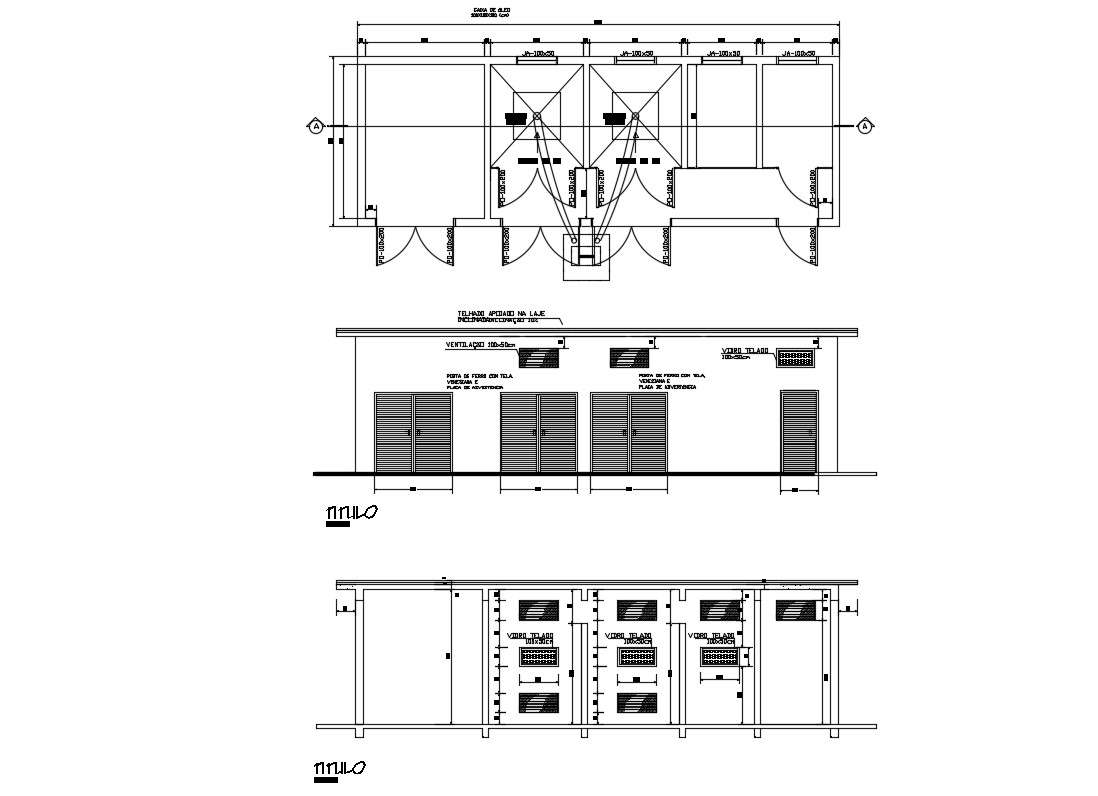 In conclusion, a functional electric circuit is a crucial aspect of a well-designed living room. It not only ensures the safe and efficient use of electricity, but also plays a significant role in the overall design and functionality of the room. By understanding the basic components, different circuits, and proper safety measures, you can ensure a well-designed and functional living room electric circuit.
In conclusion, a functional electric circuit is a crucial aspect of a well-designed living room. It not only ensures the safe and efficient use of electricity, but also plays a significant role in the overall design and functionality of the room. By understanding the basic components, different circuits, and proper safety measures, you can ensure a well-designed and functional living room electric circuit.
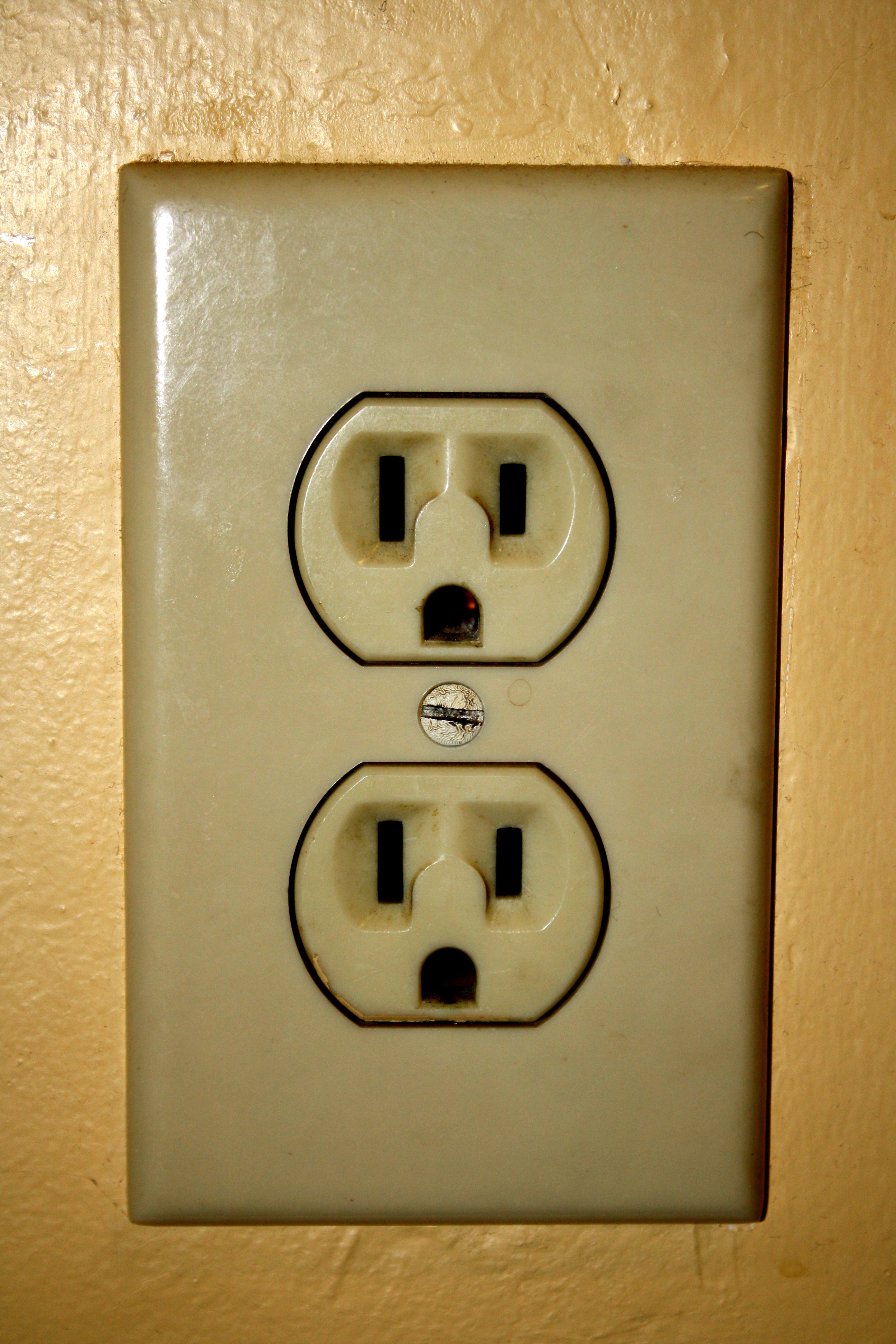
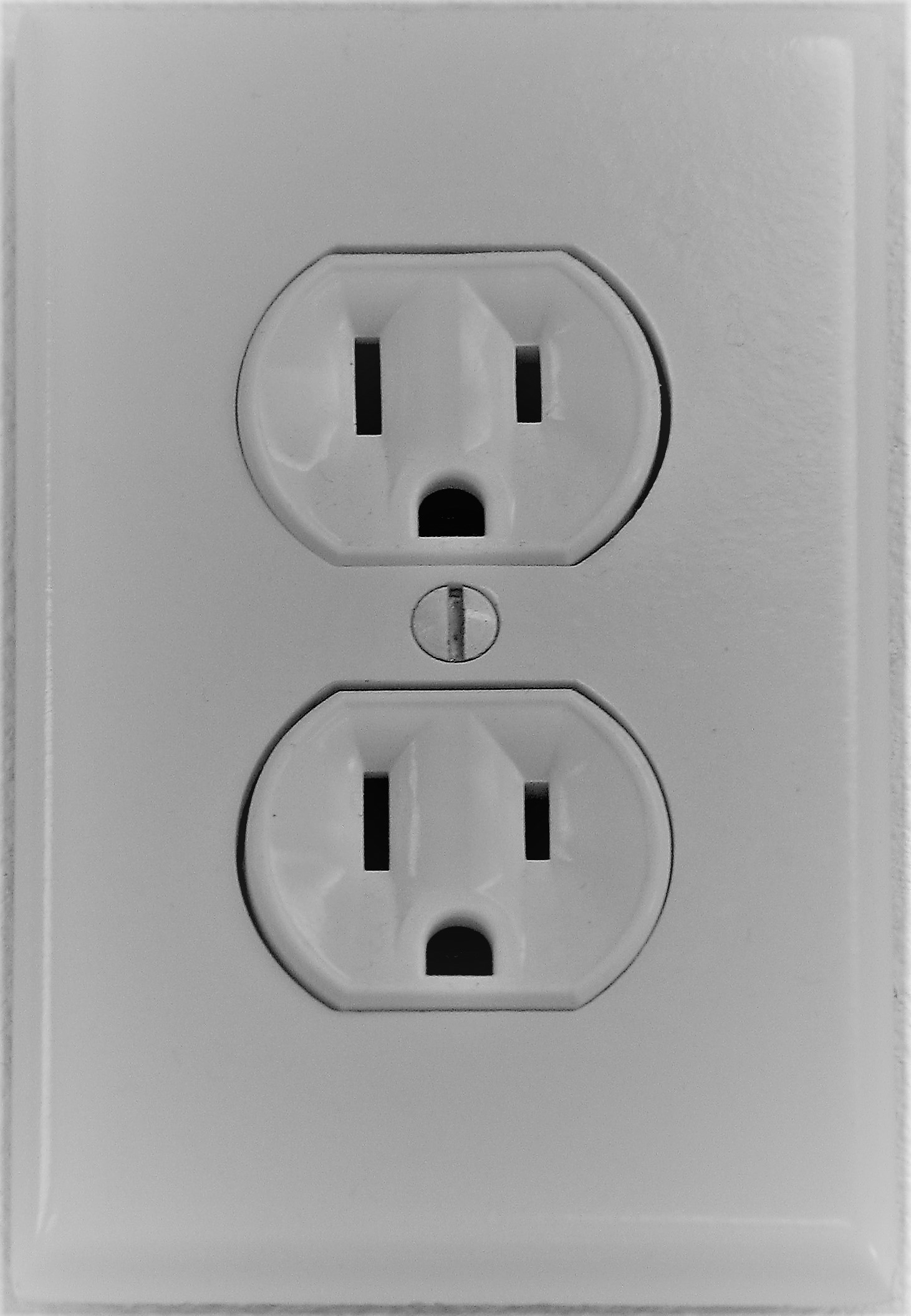


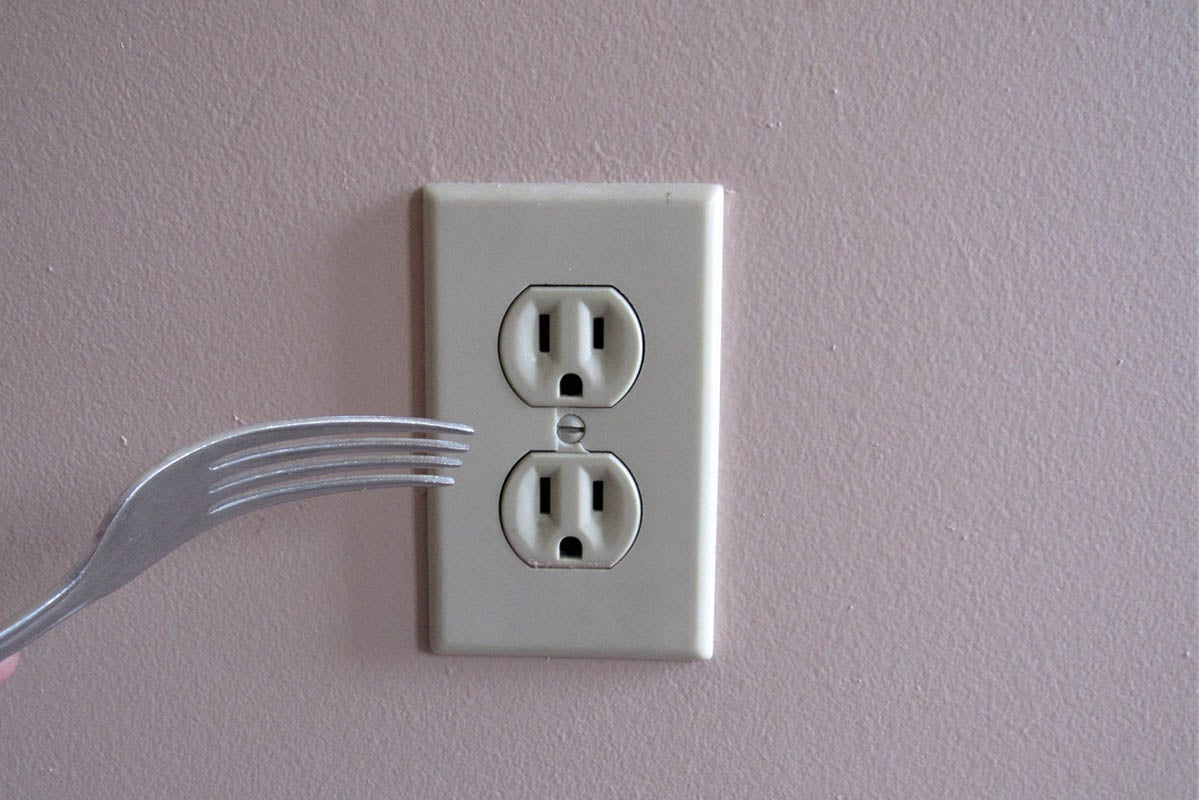


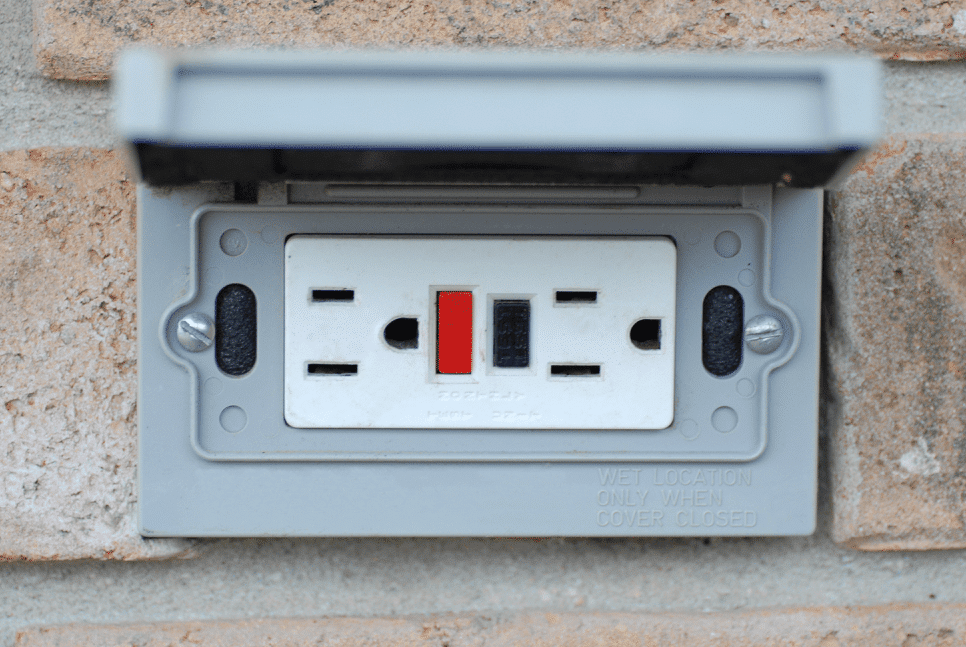
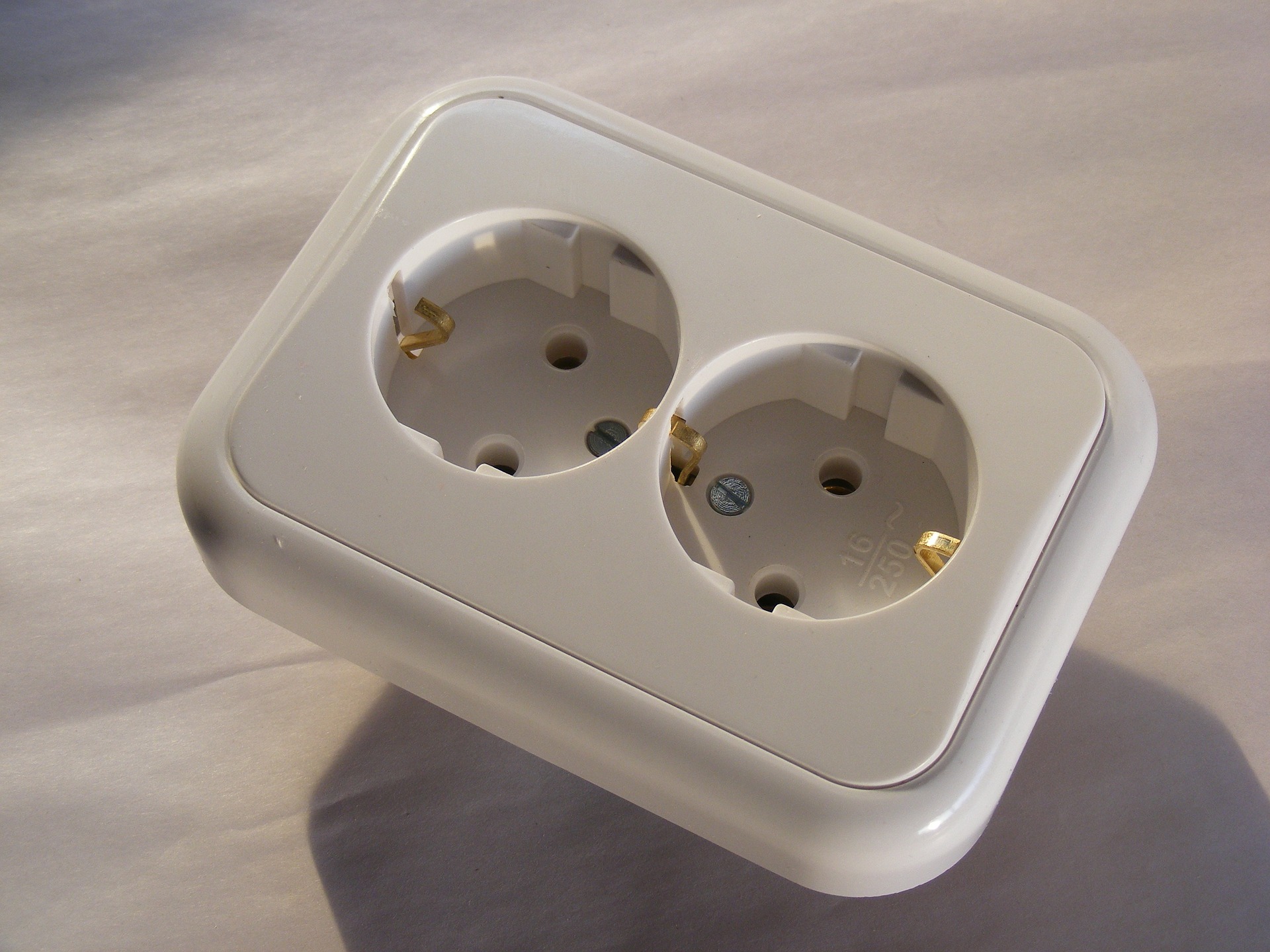

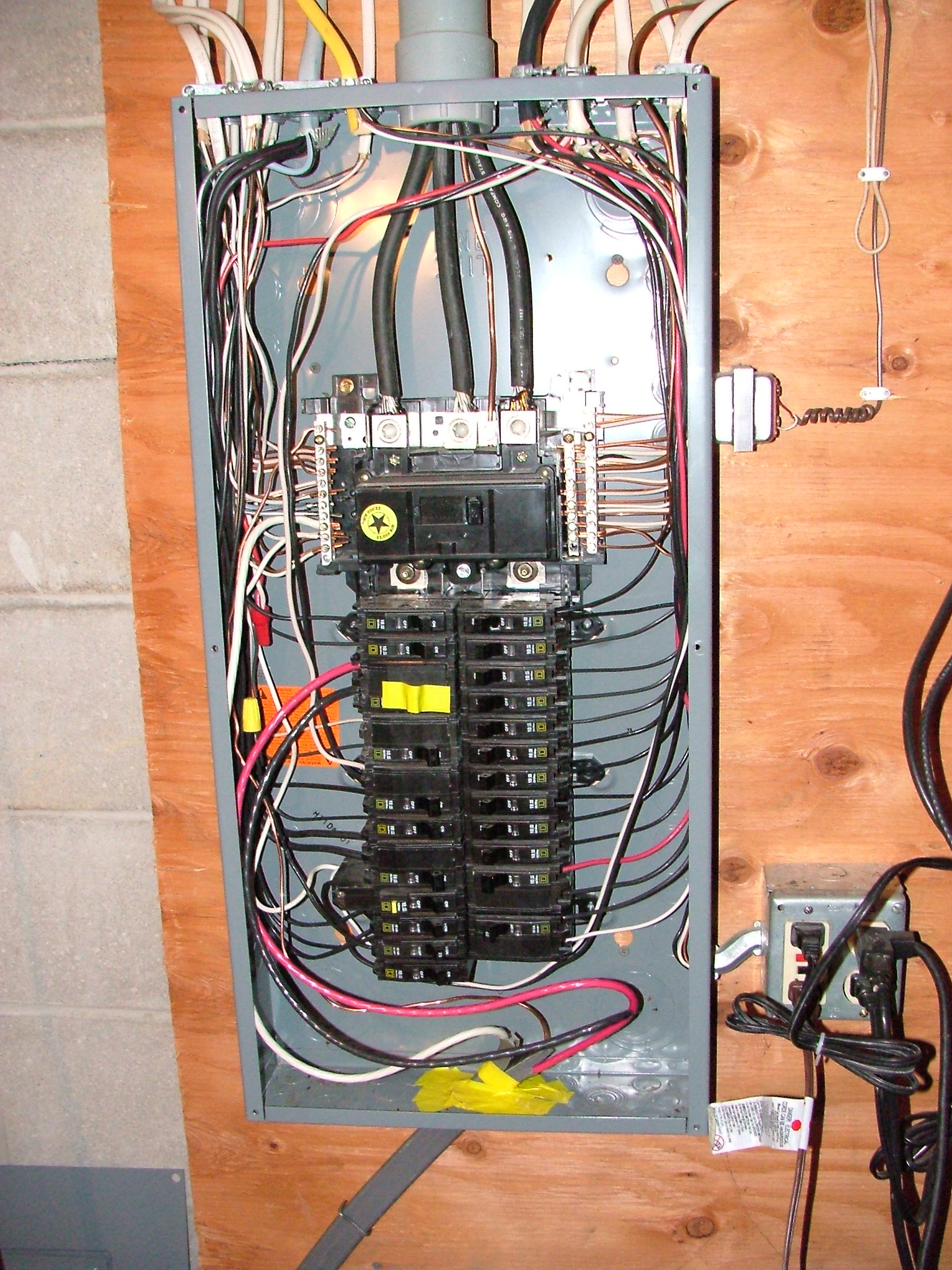





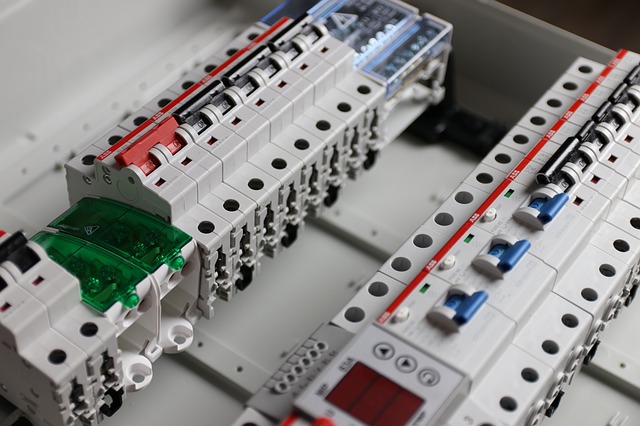
:max_bytes(150000):strip_icc()/safely-install-a-circuit-breaker-1152745-08-6f6a59afc5a24dd189ef645617d1ee54.jpg)
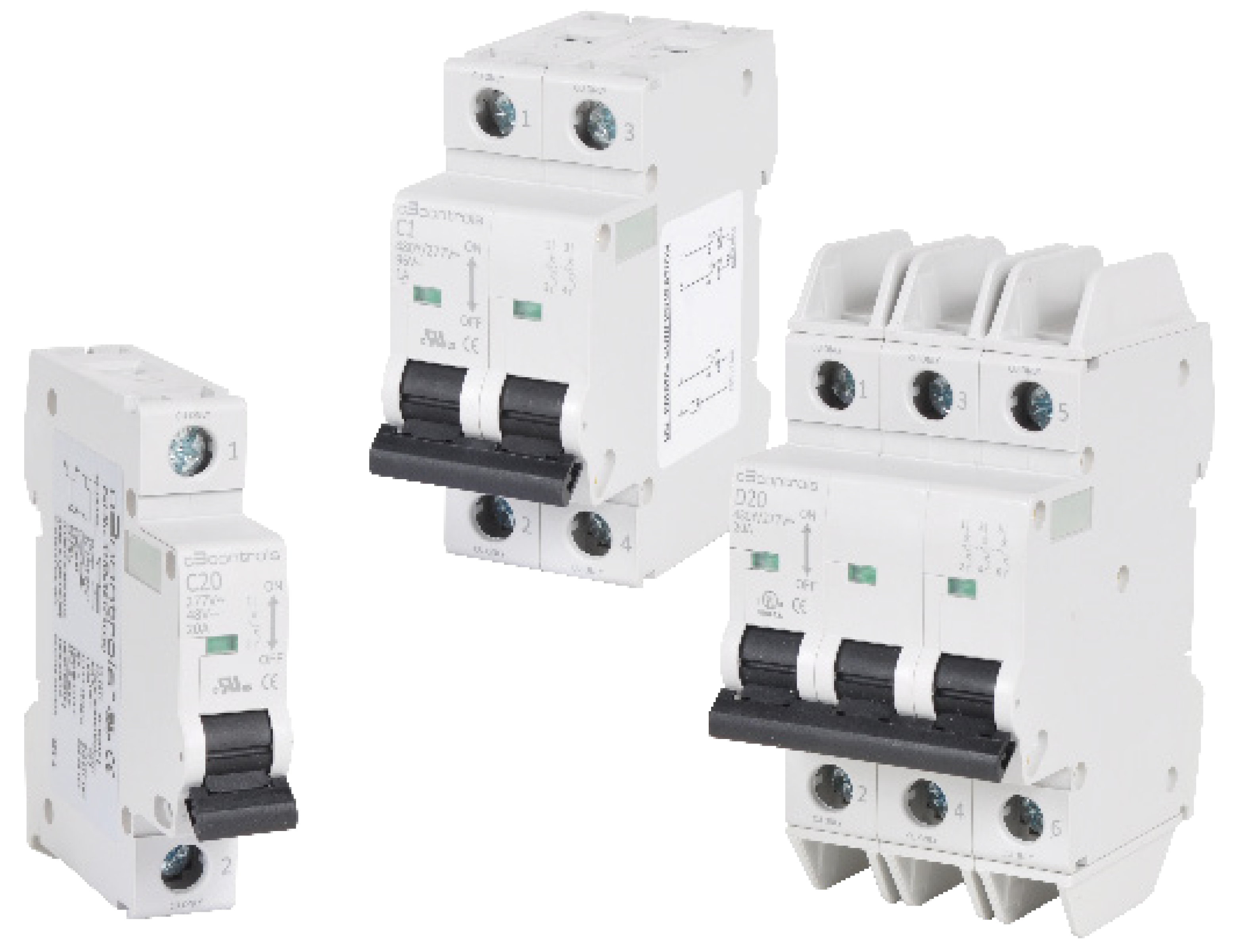
:max_bytes(150000):strip_icc()/safely-install-a-circuit-breaker-1152745-04-2c51729f6b9349c3a8c16c6358198b91.jpg)
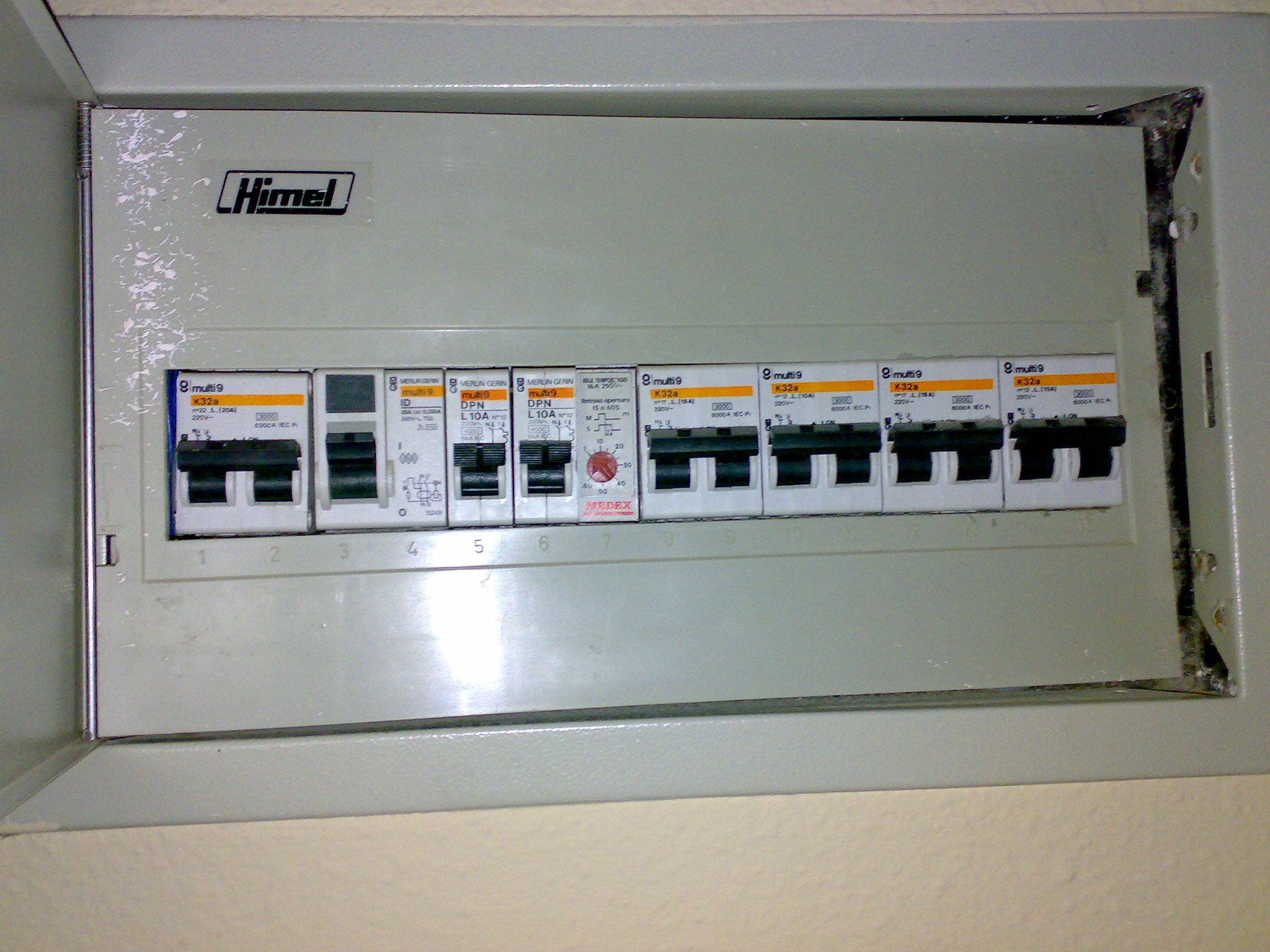
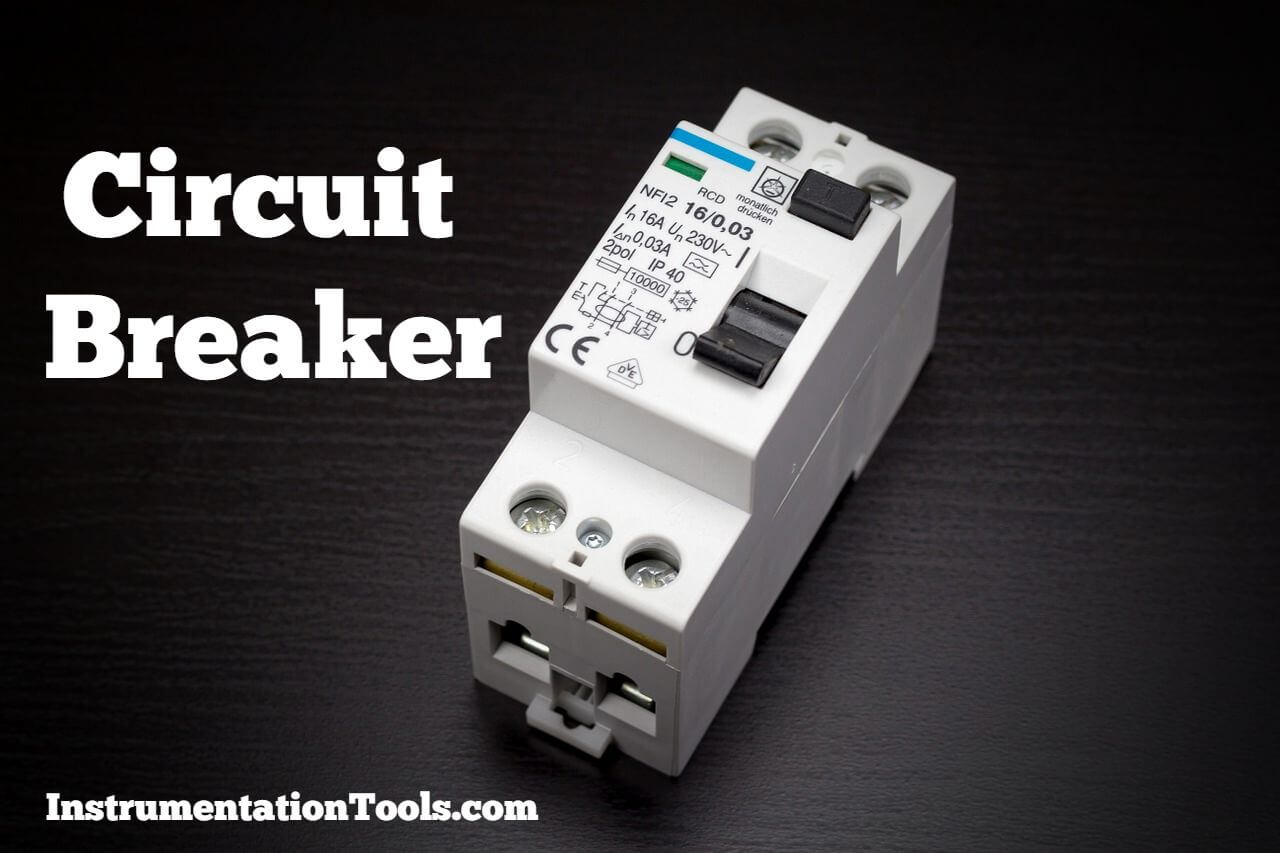
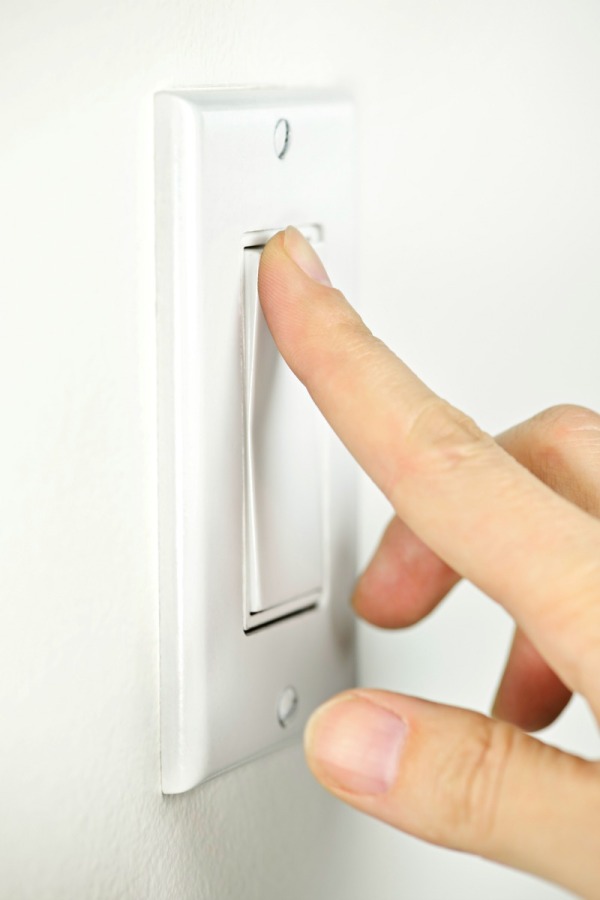

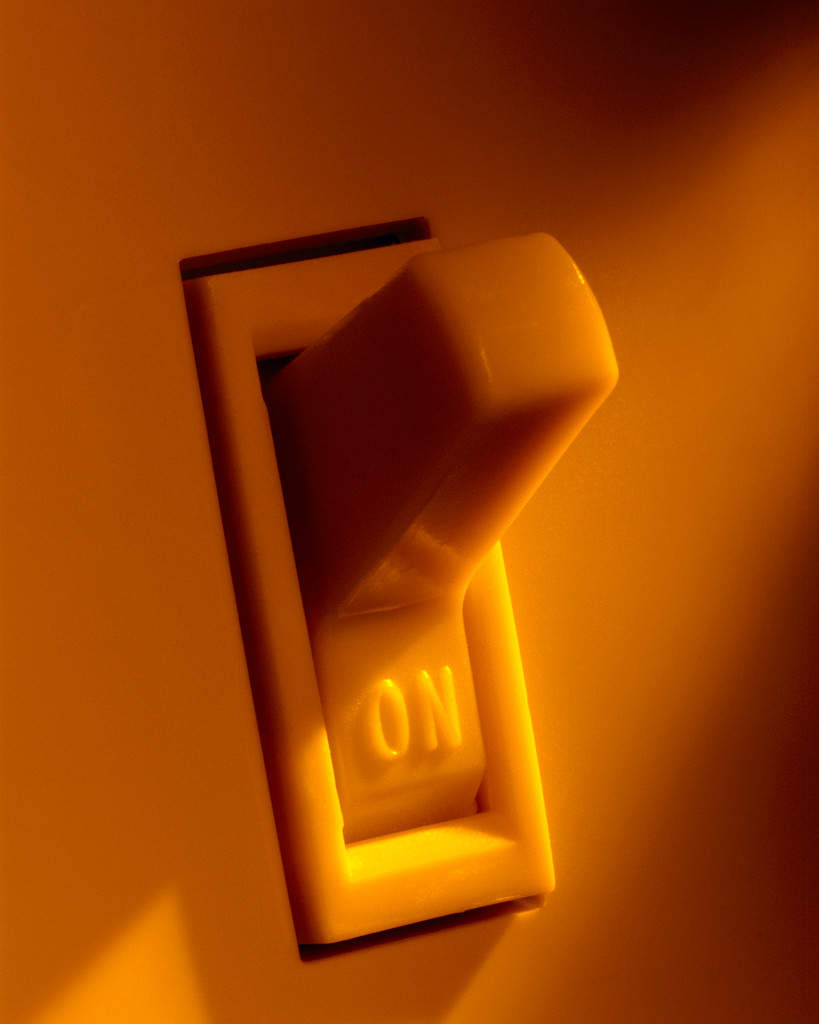




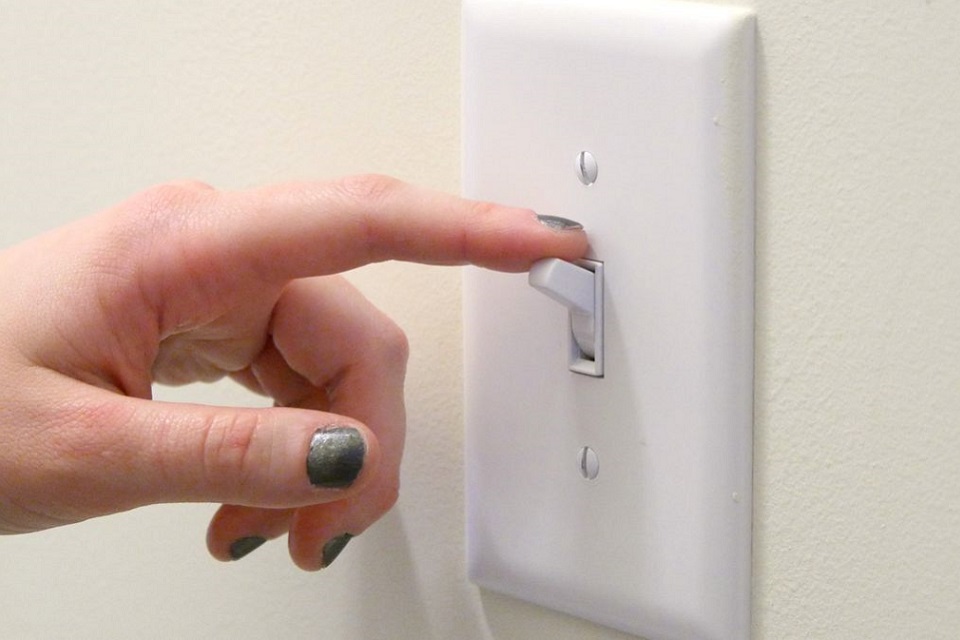





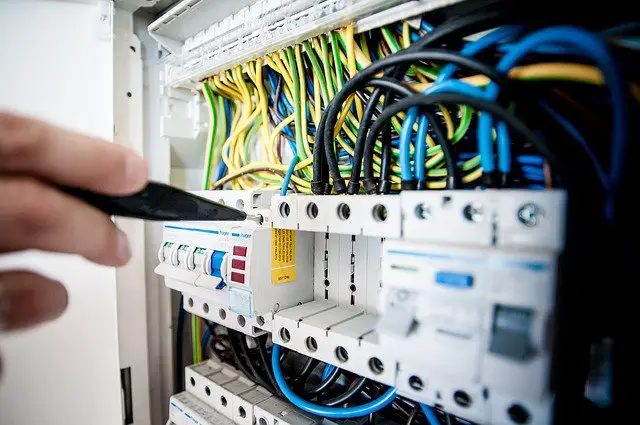

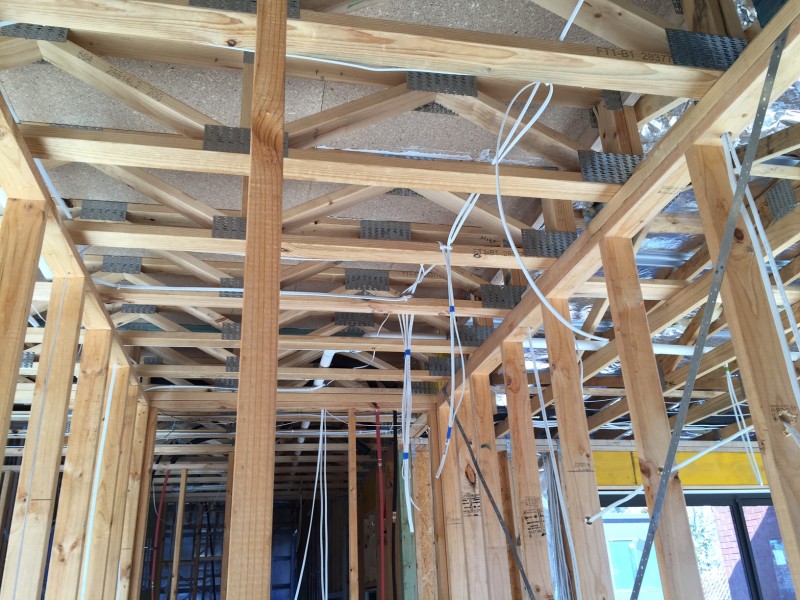
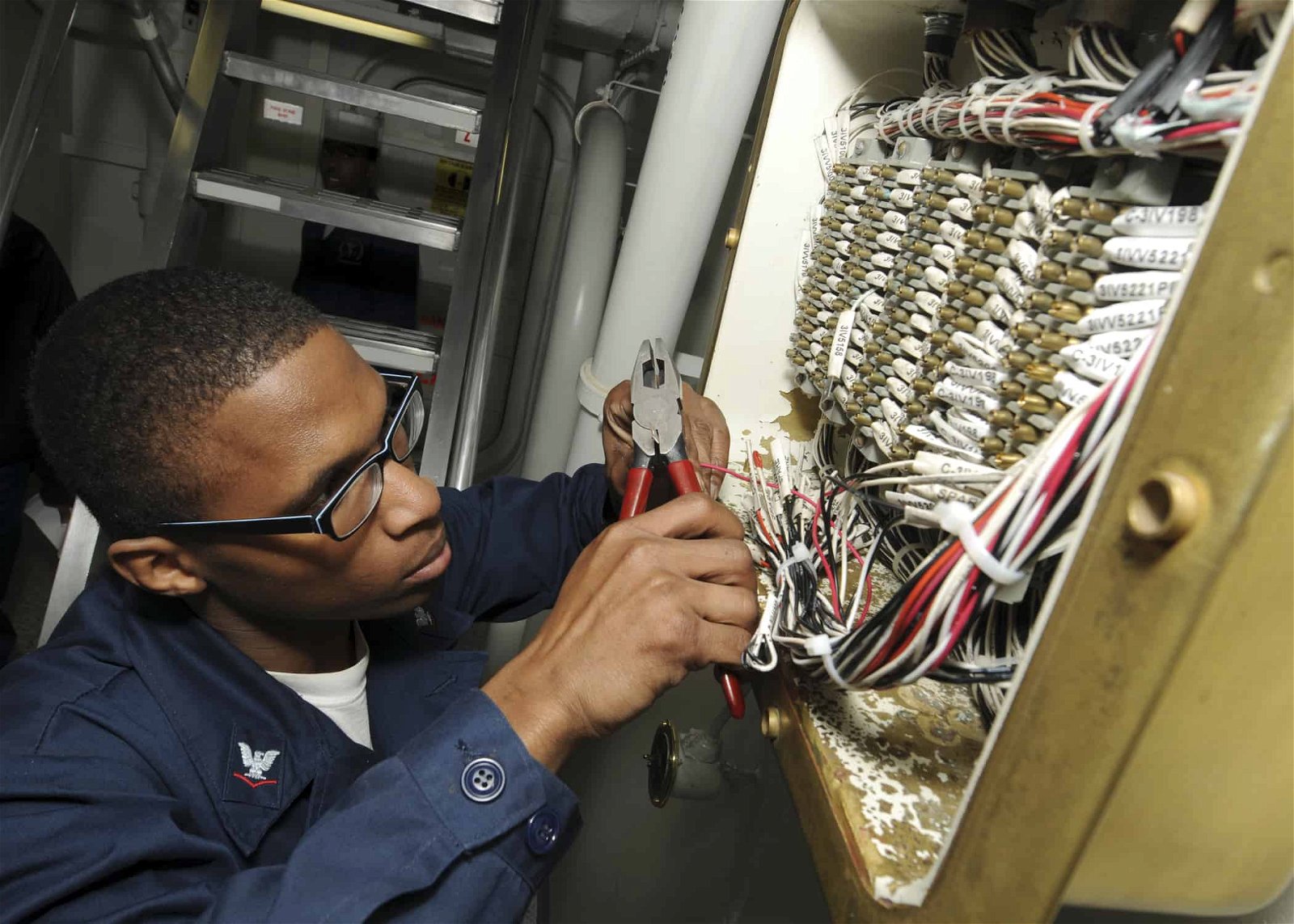
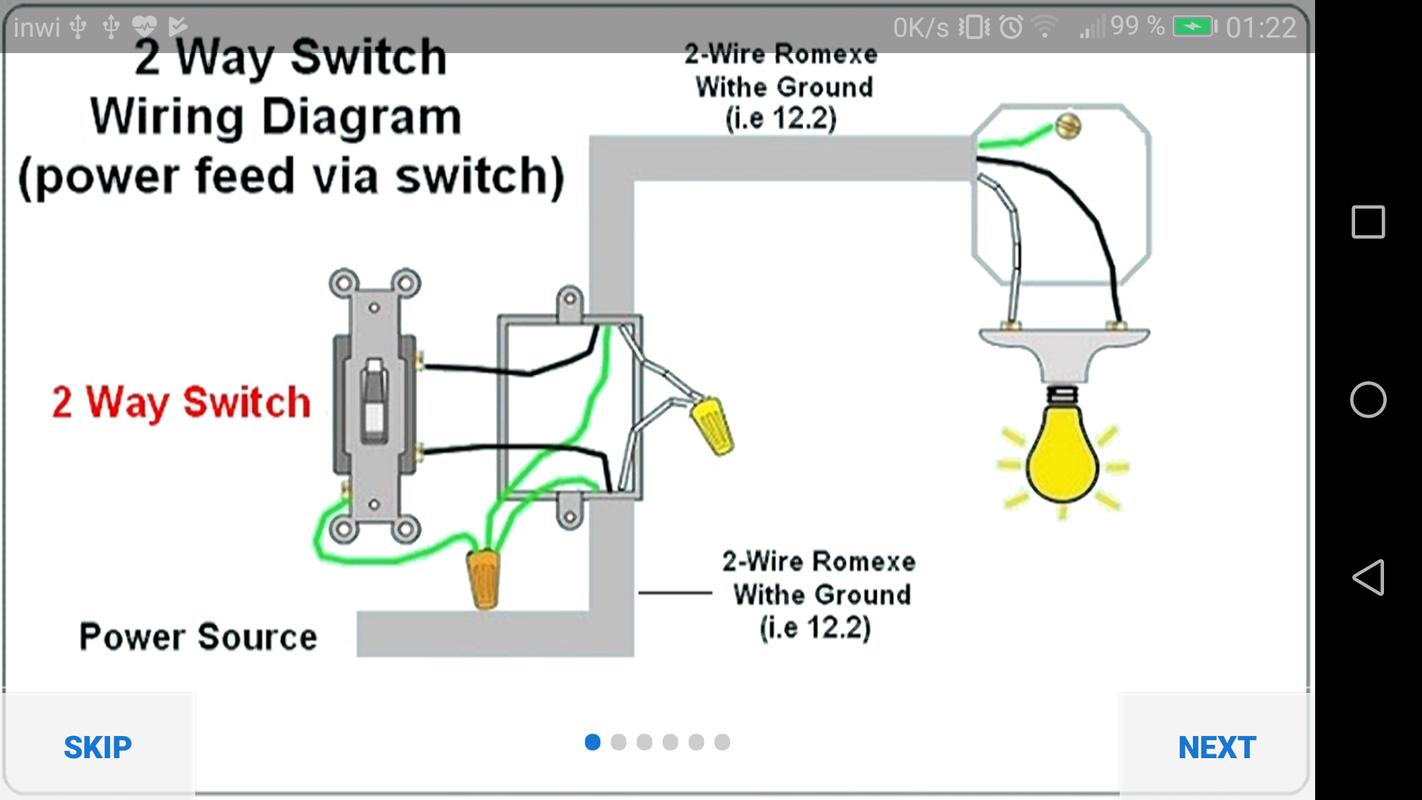

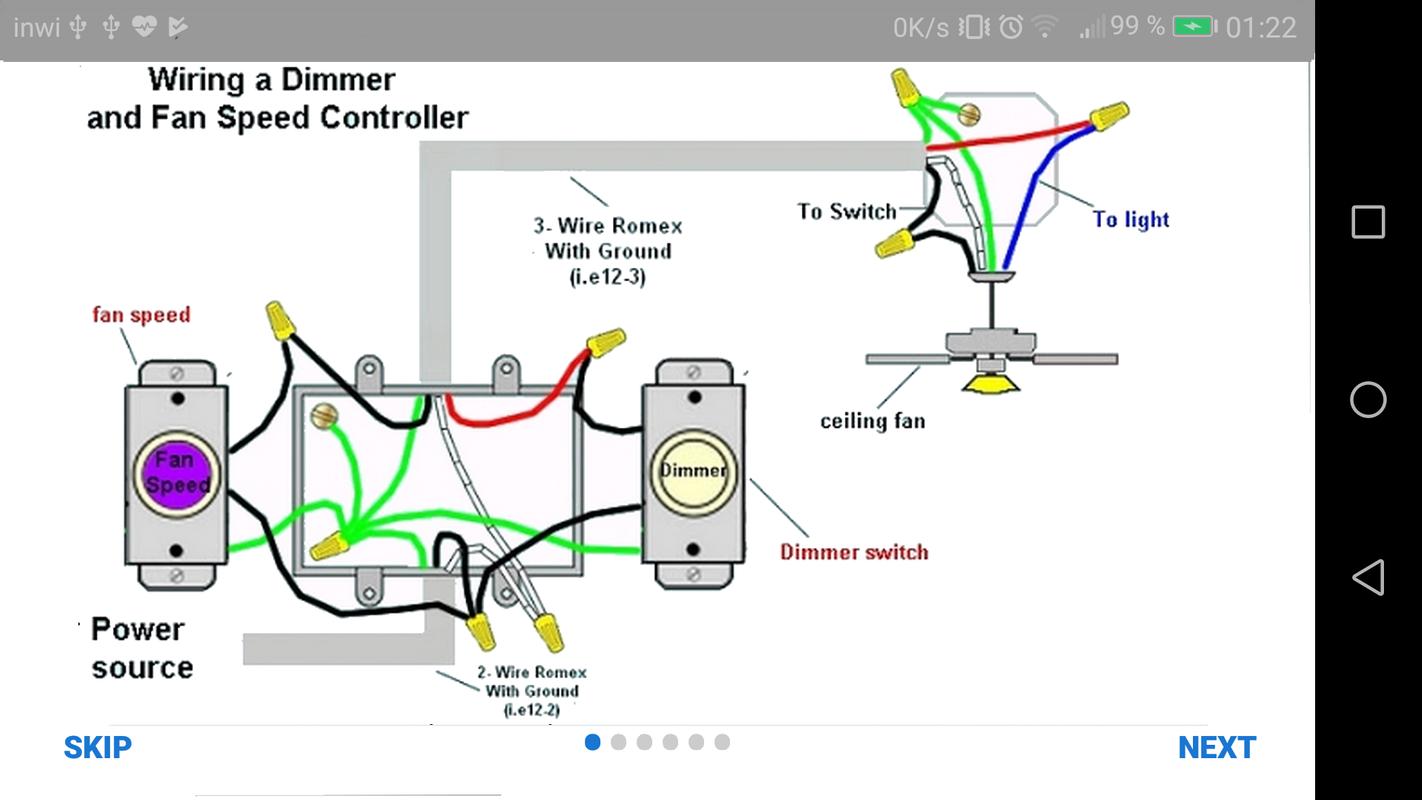

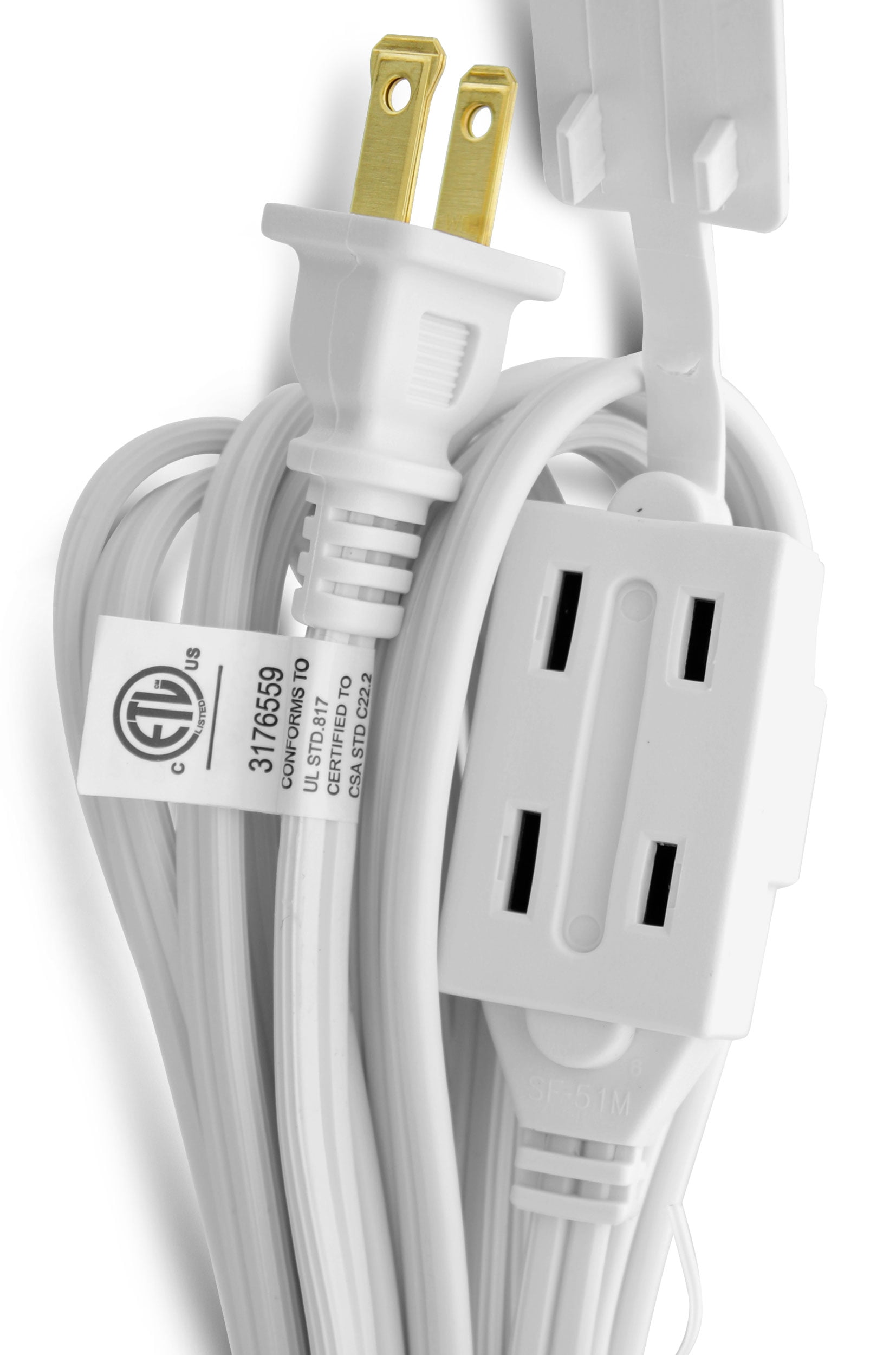
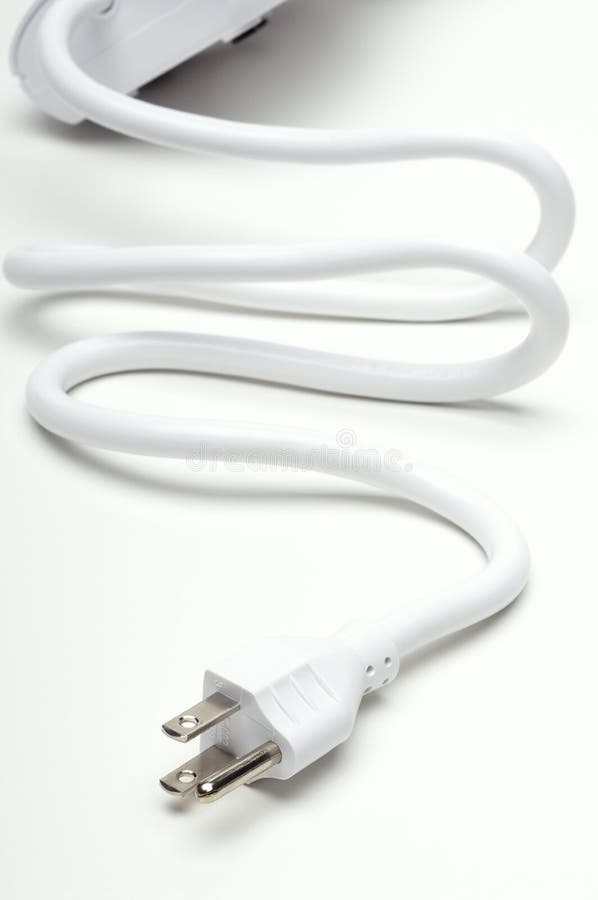
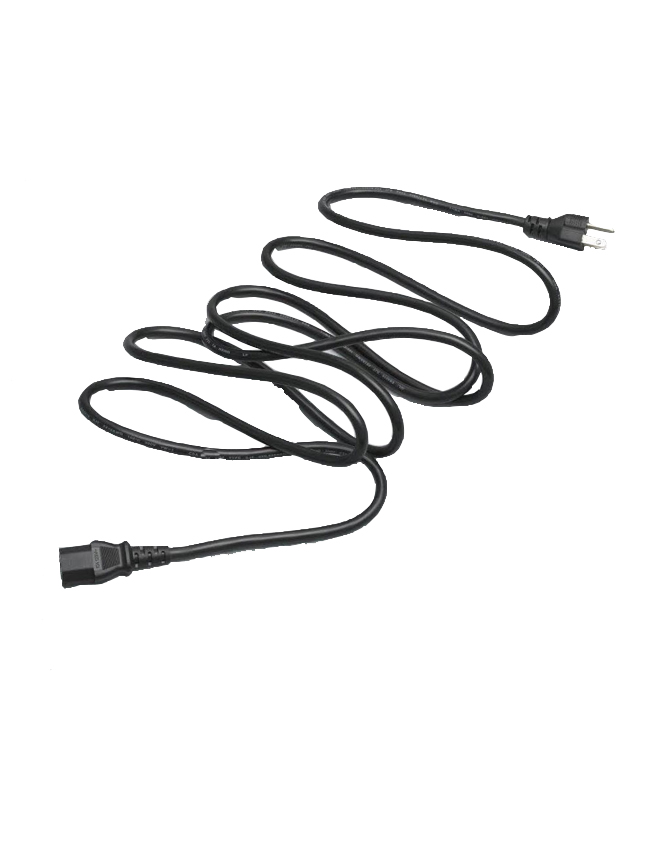

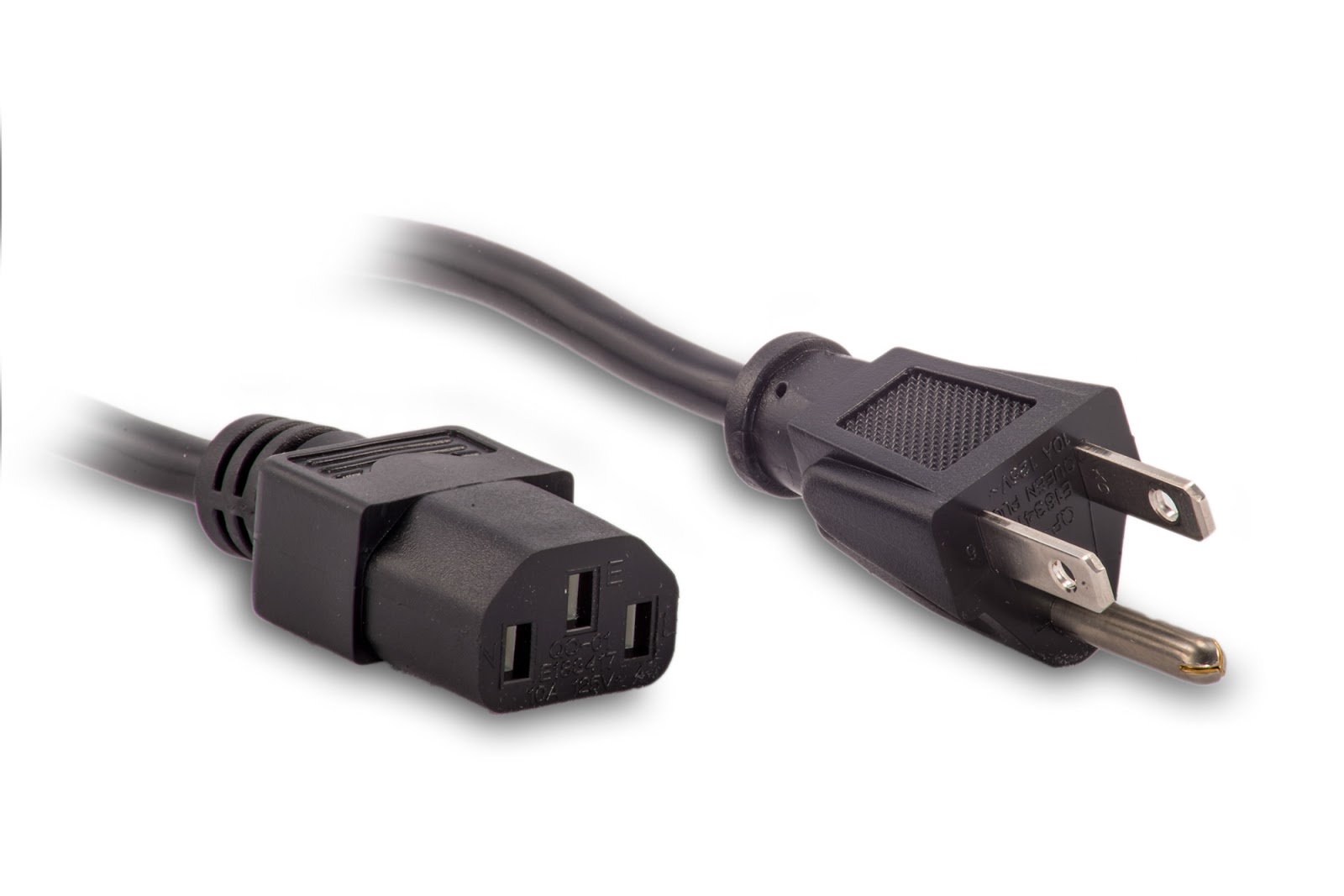
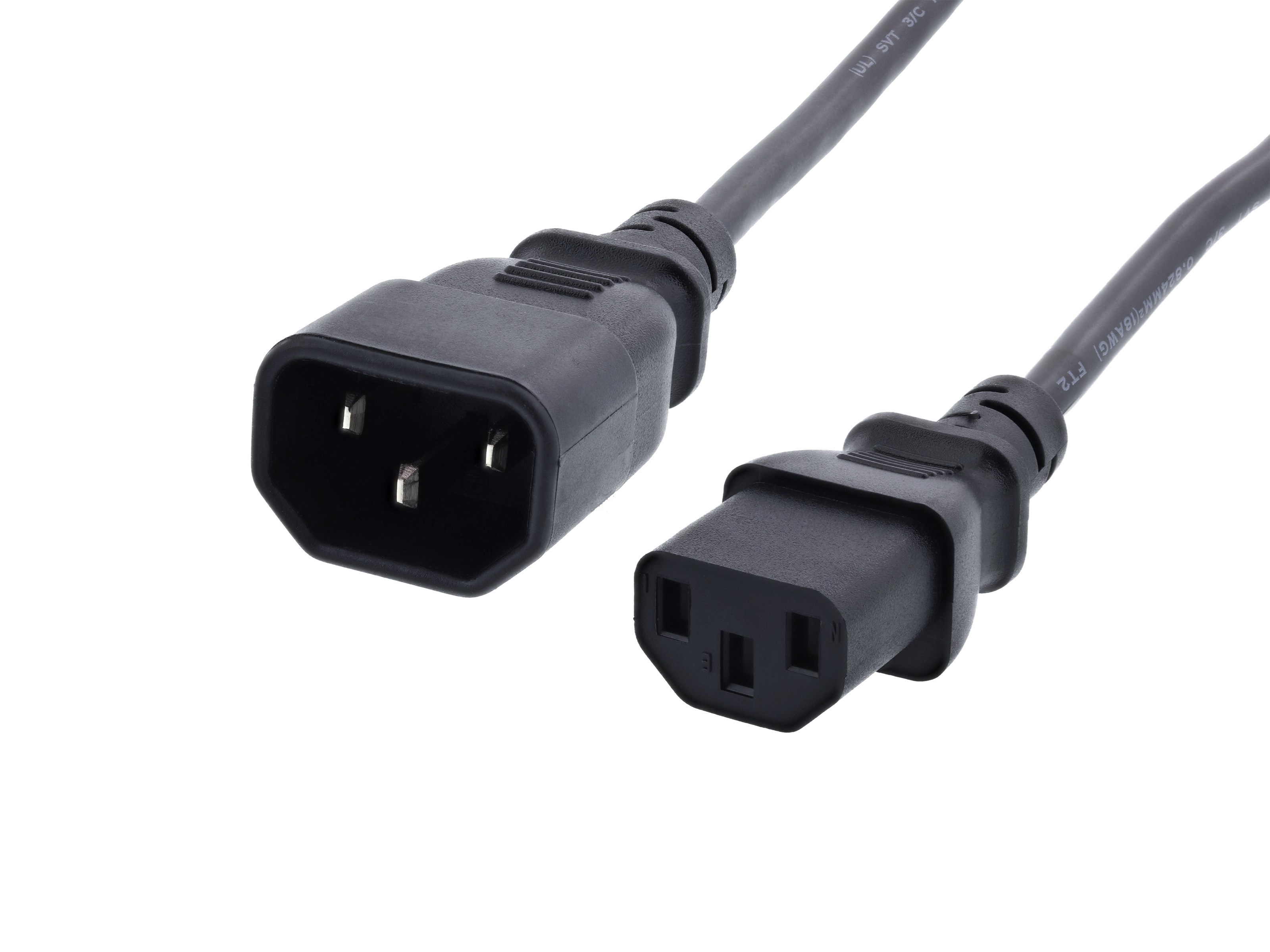
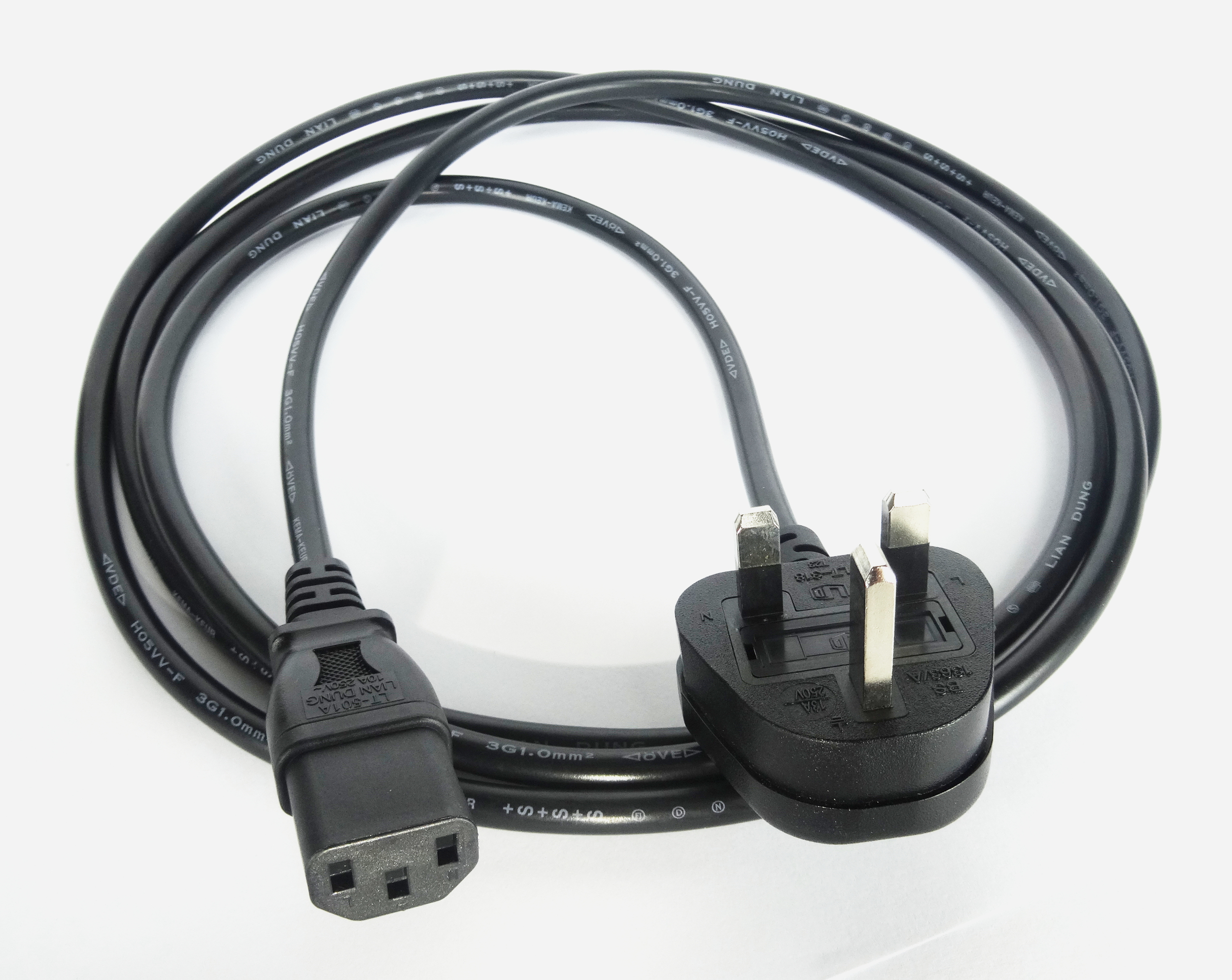


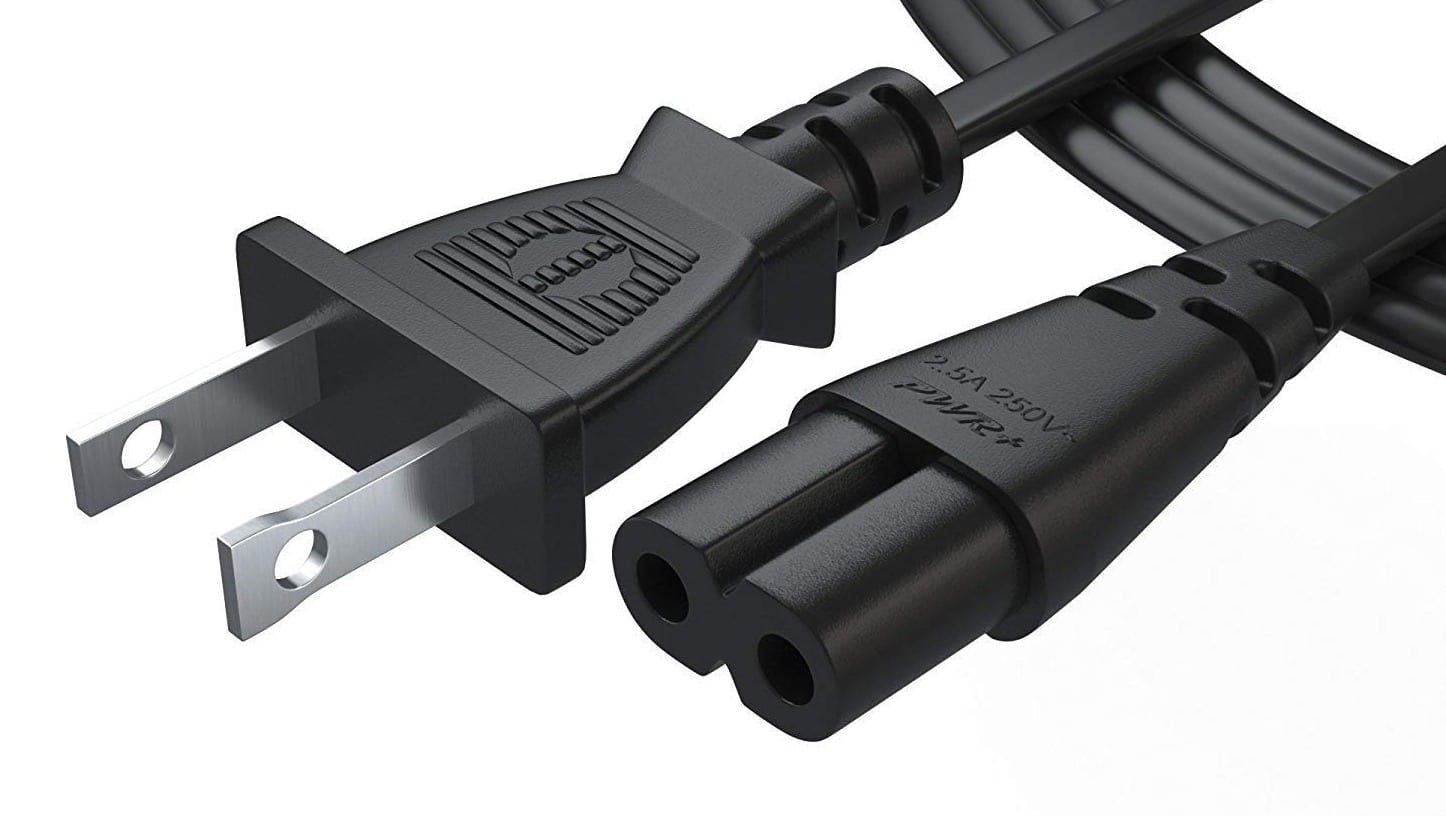



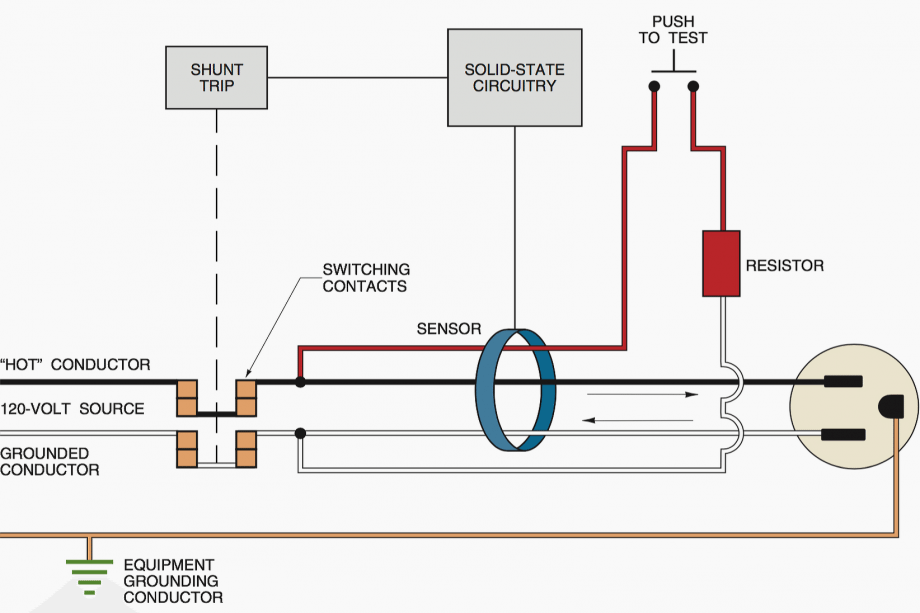

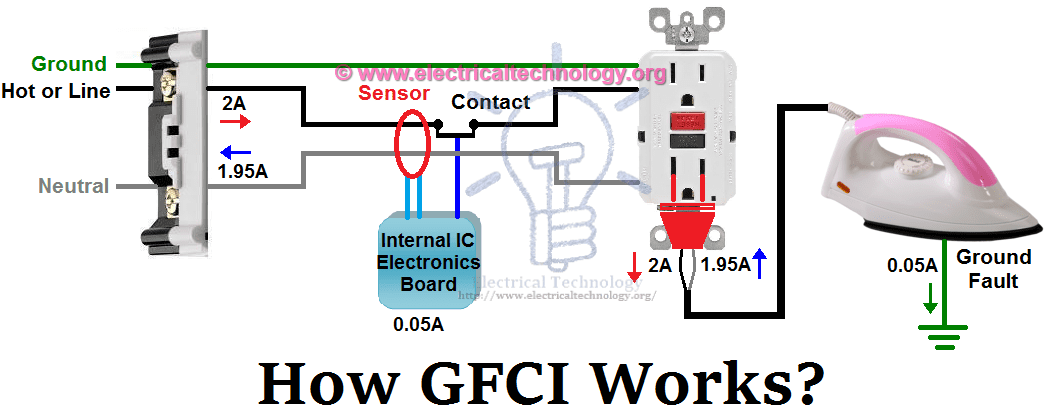

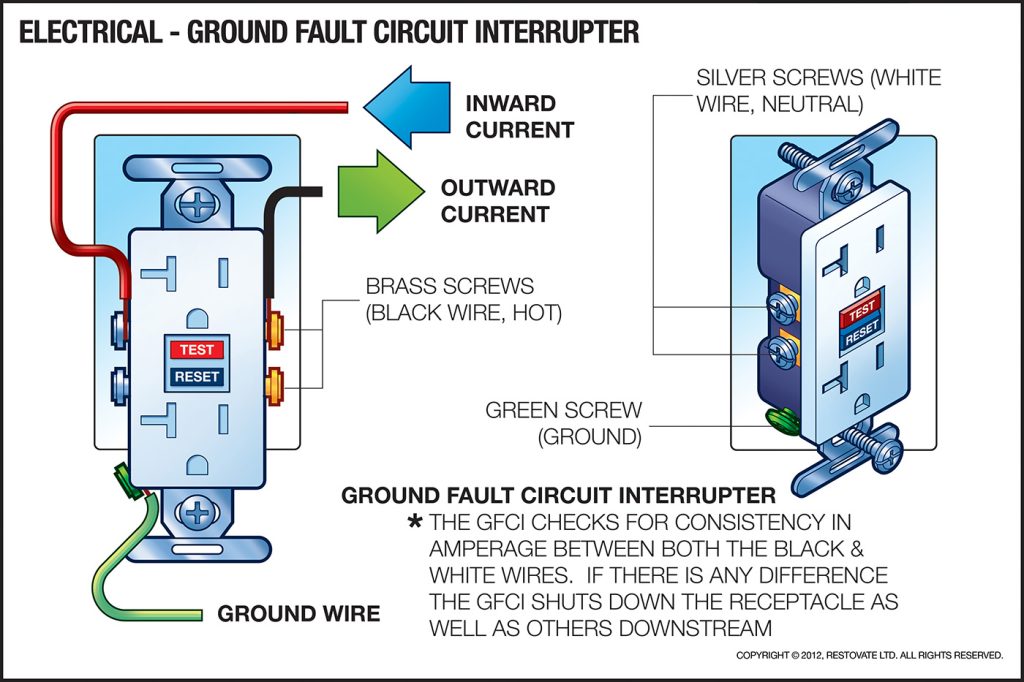


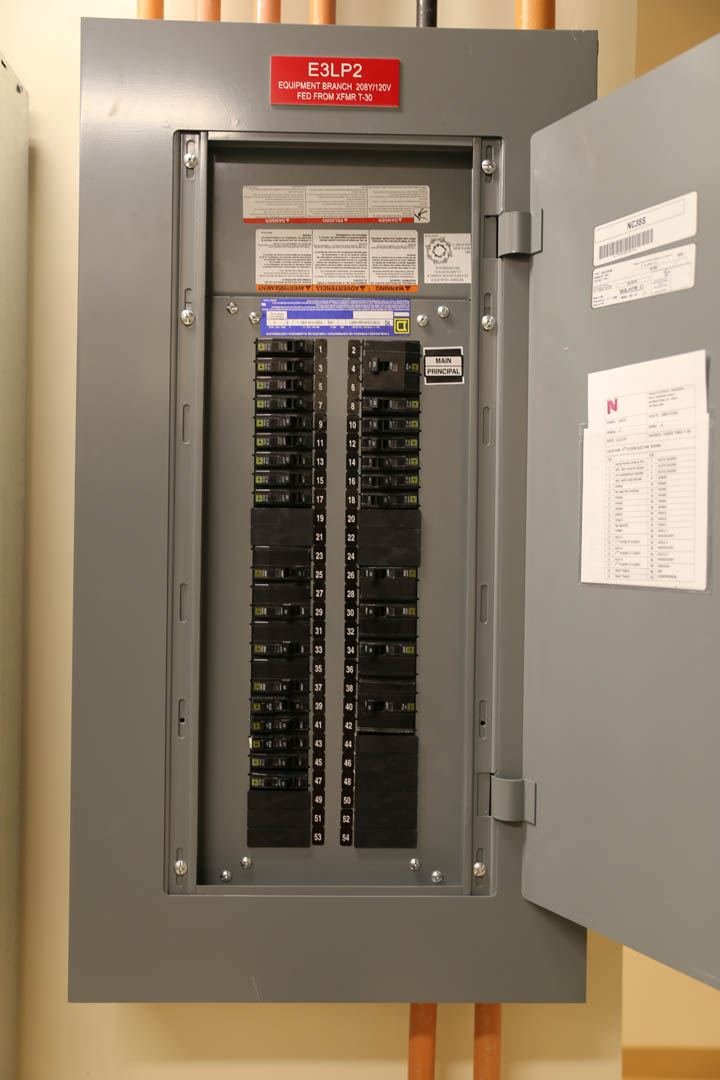


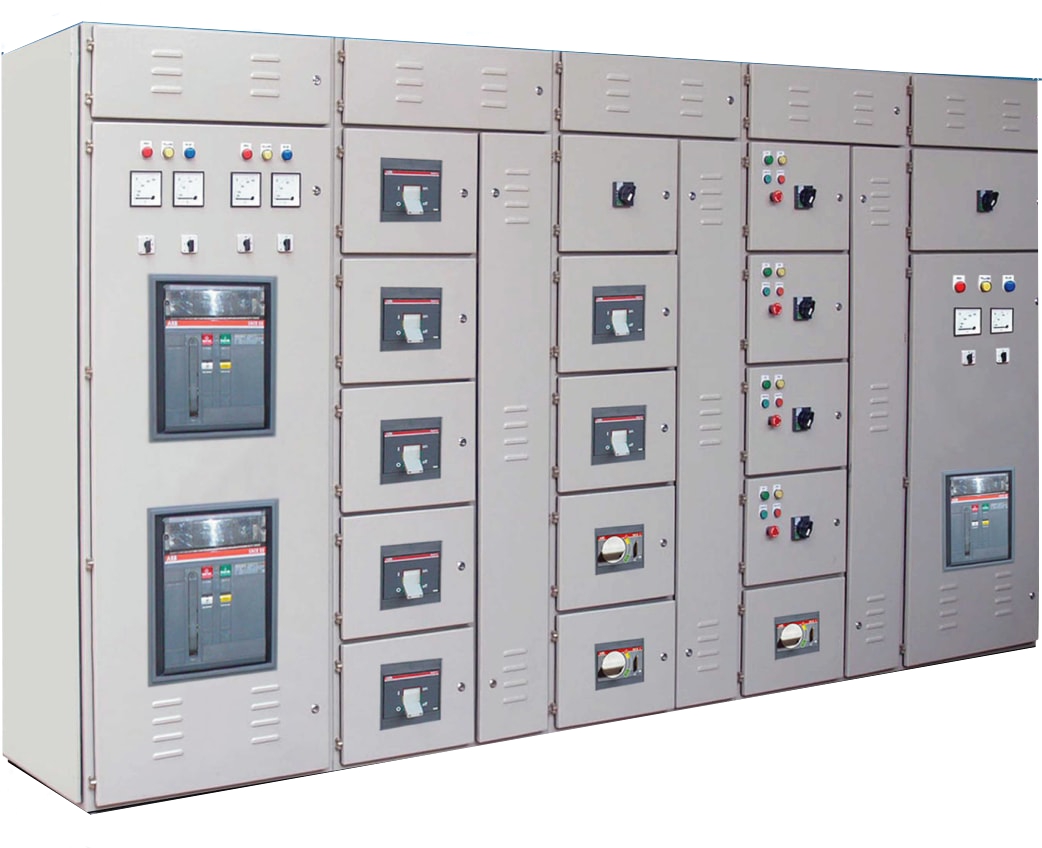


/LoadCenter-567f54445f9b586a9ec531a2.jpg)
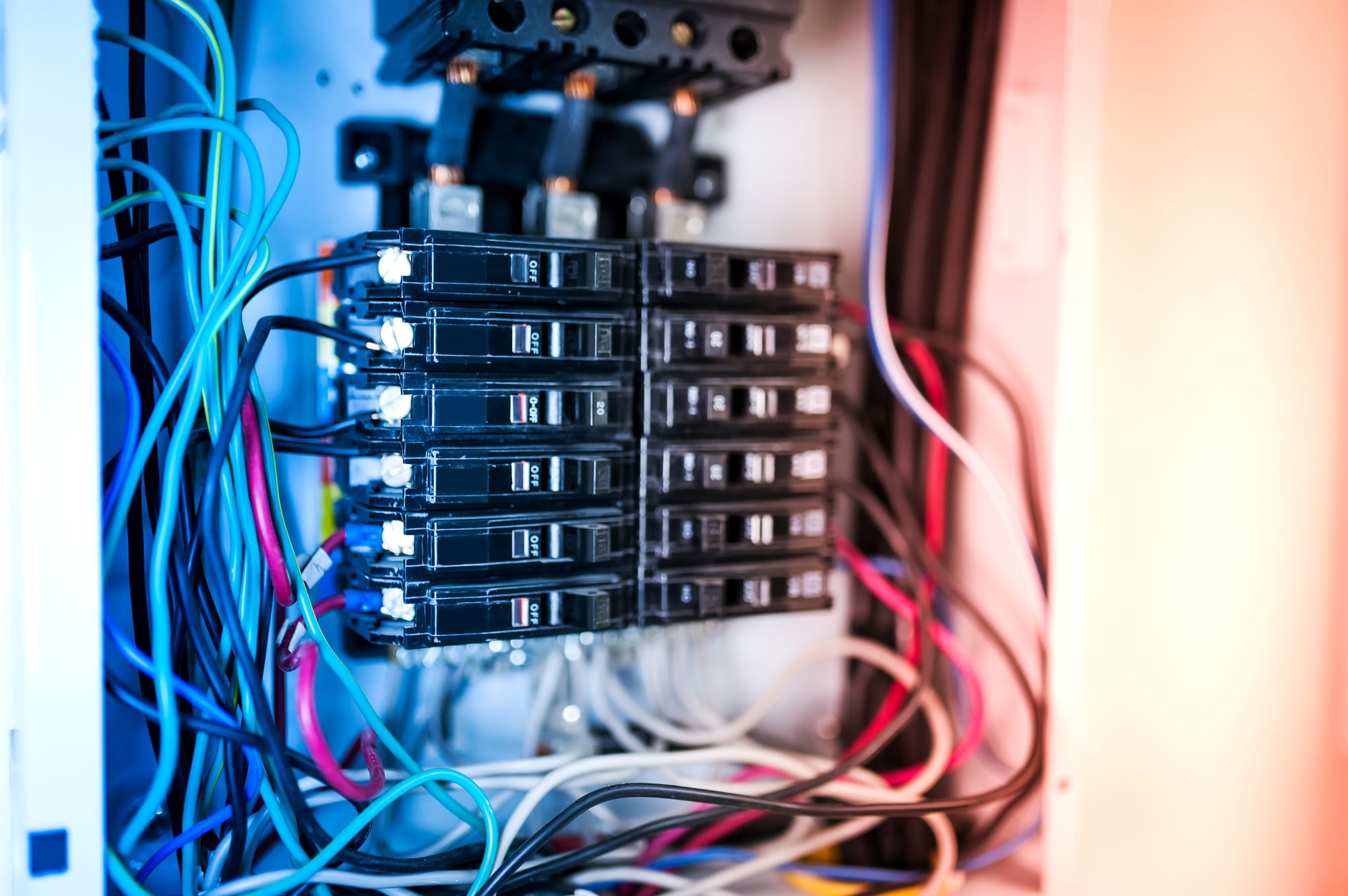
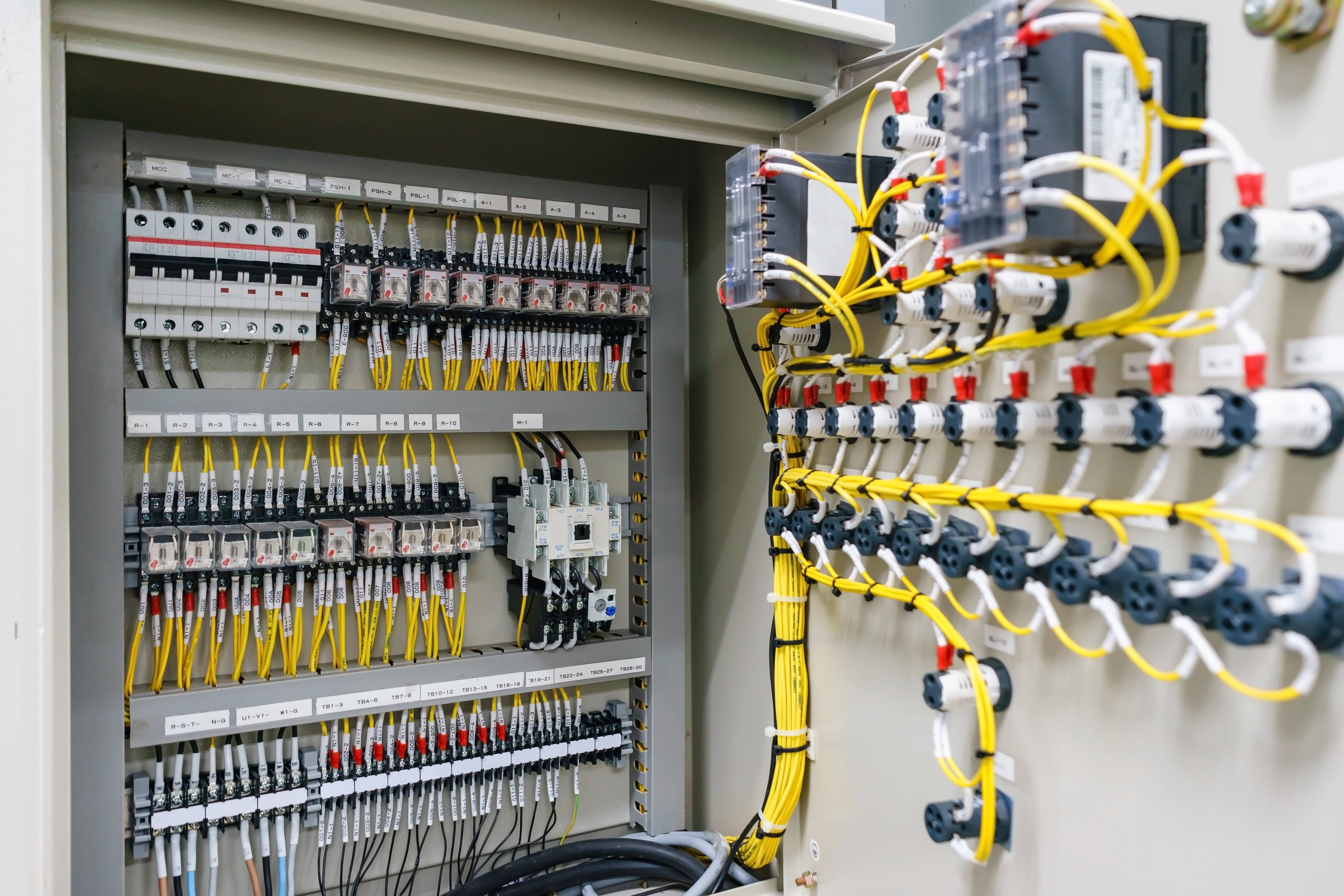

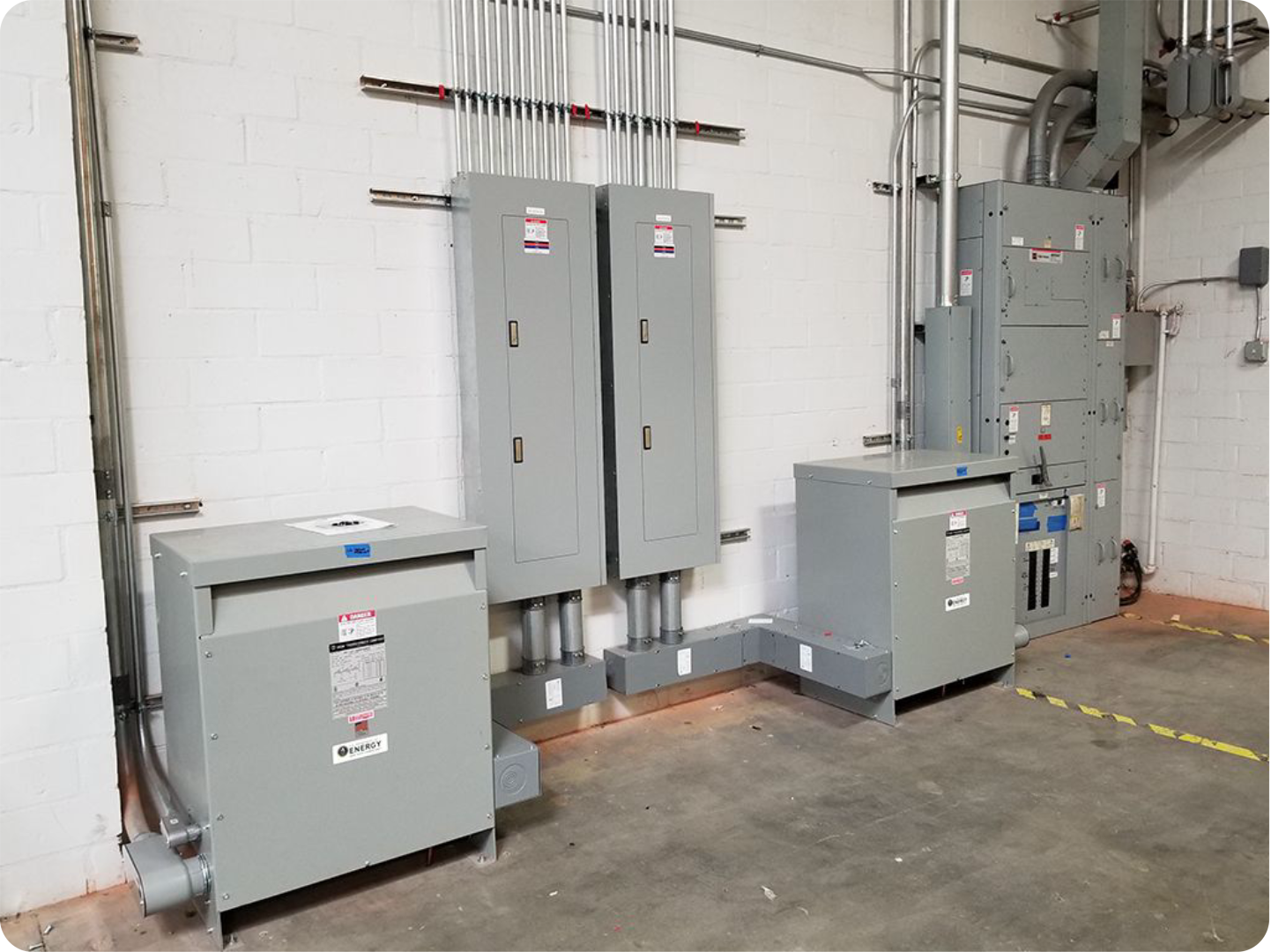
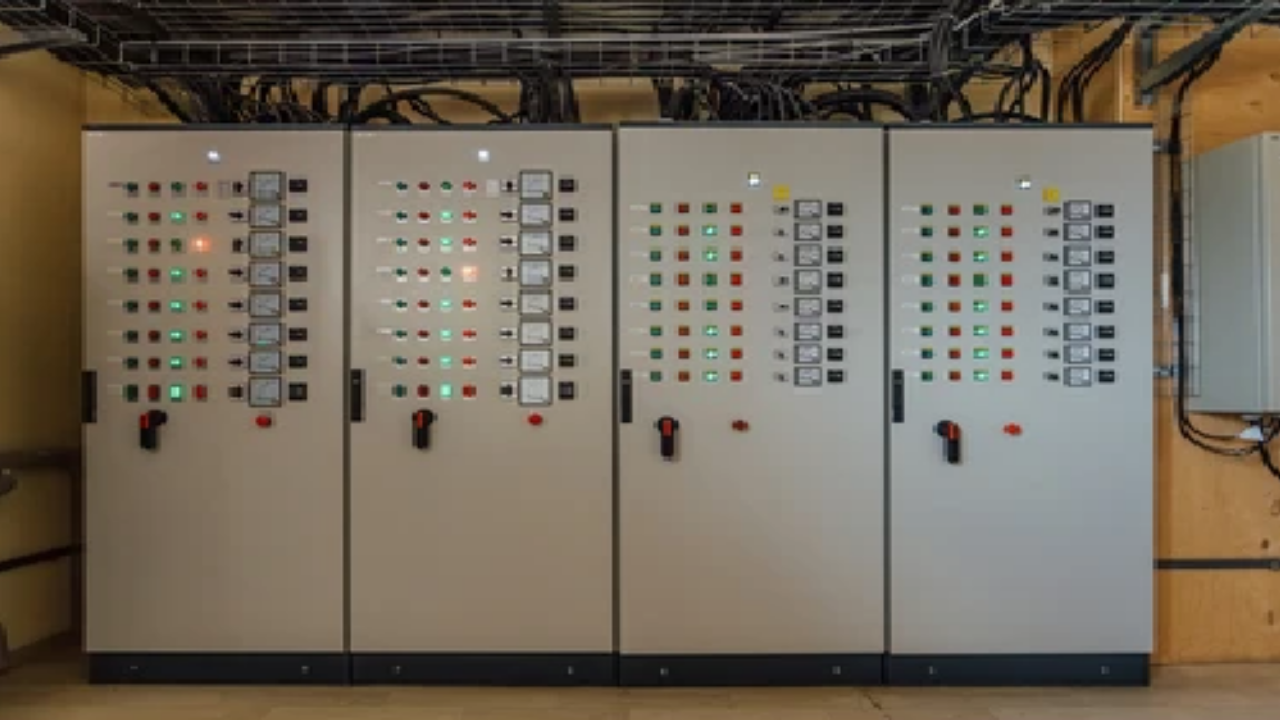
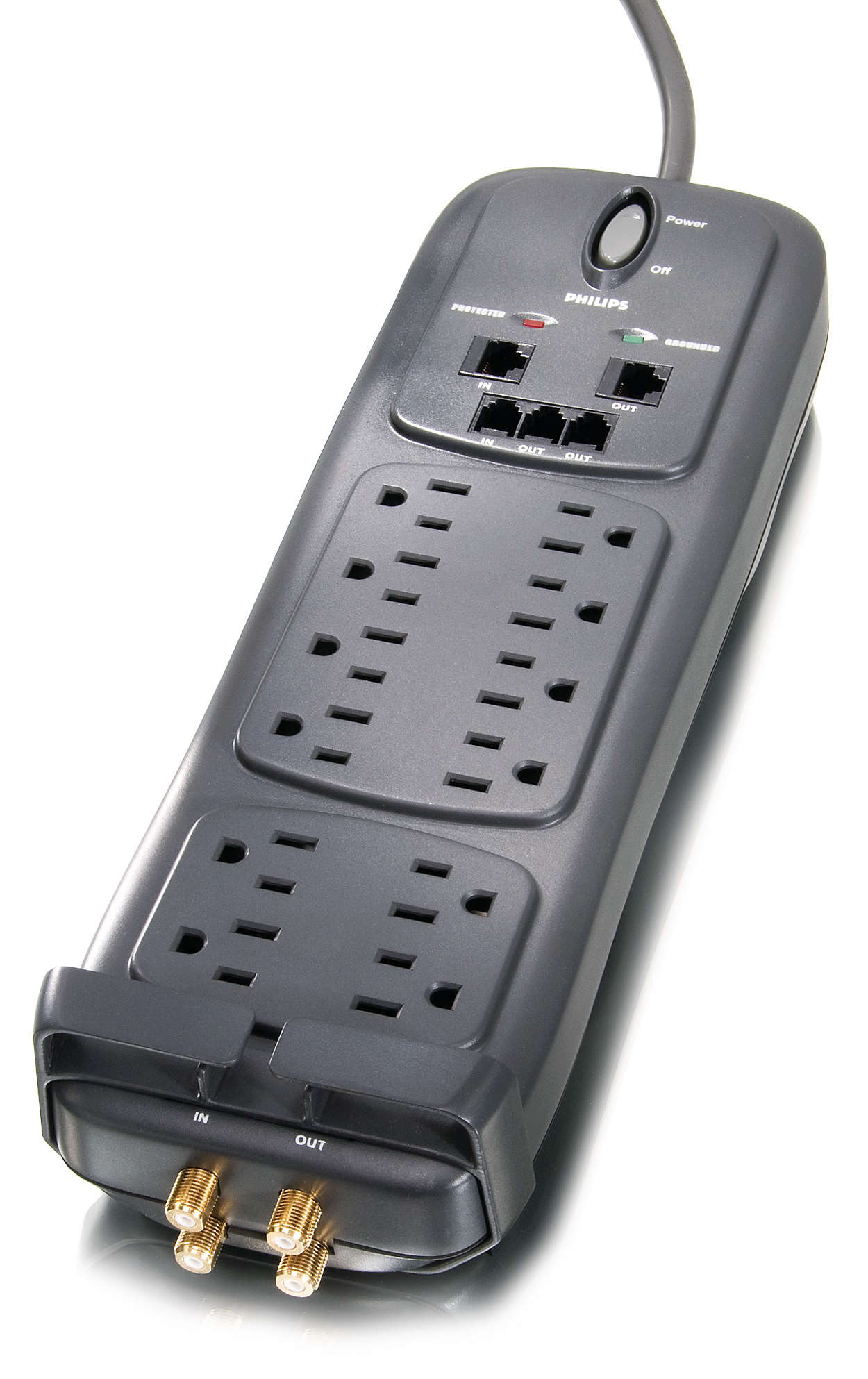


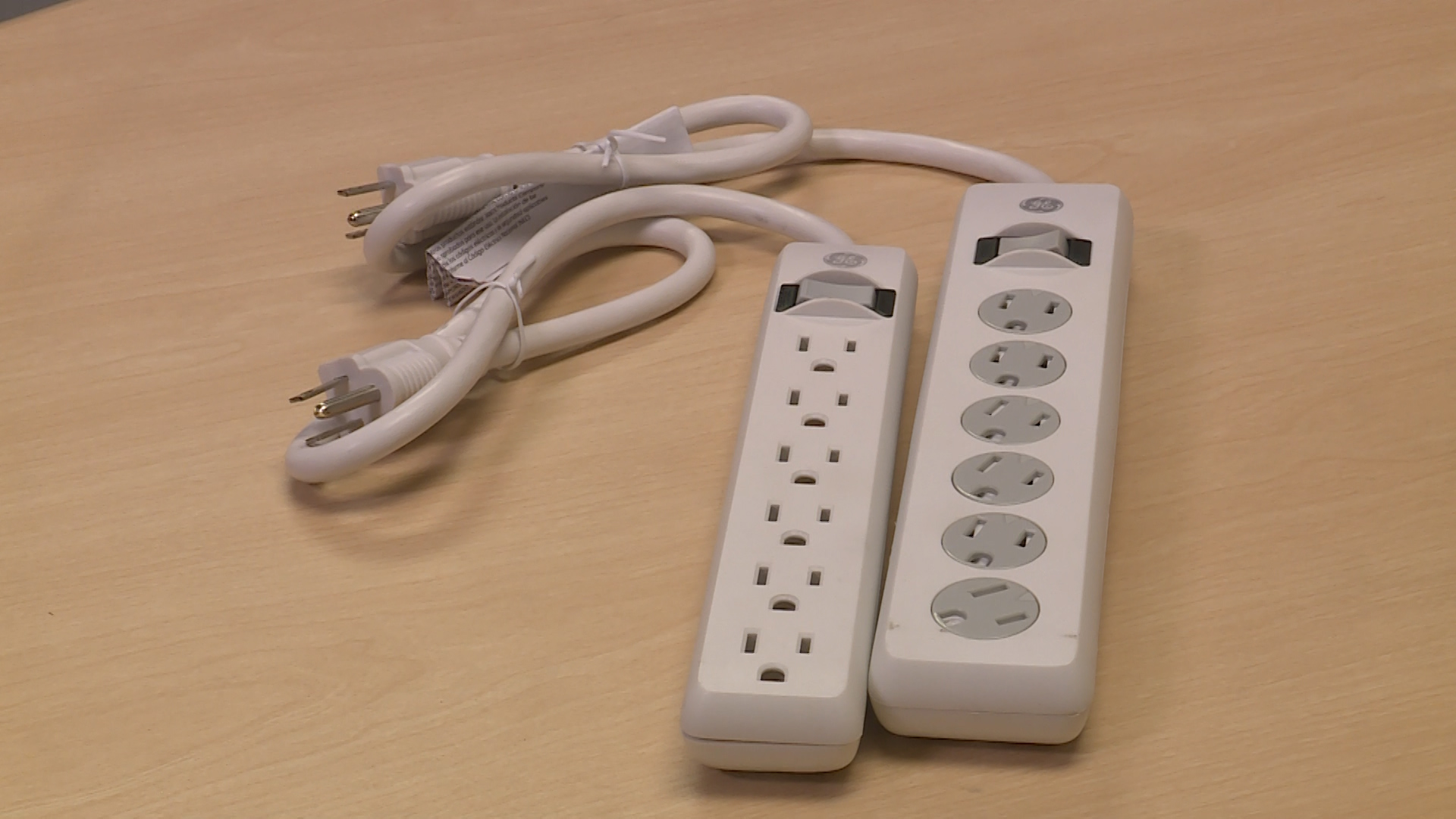
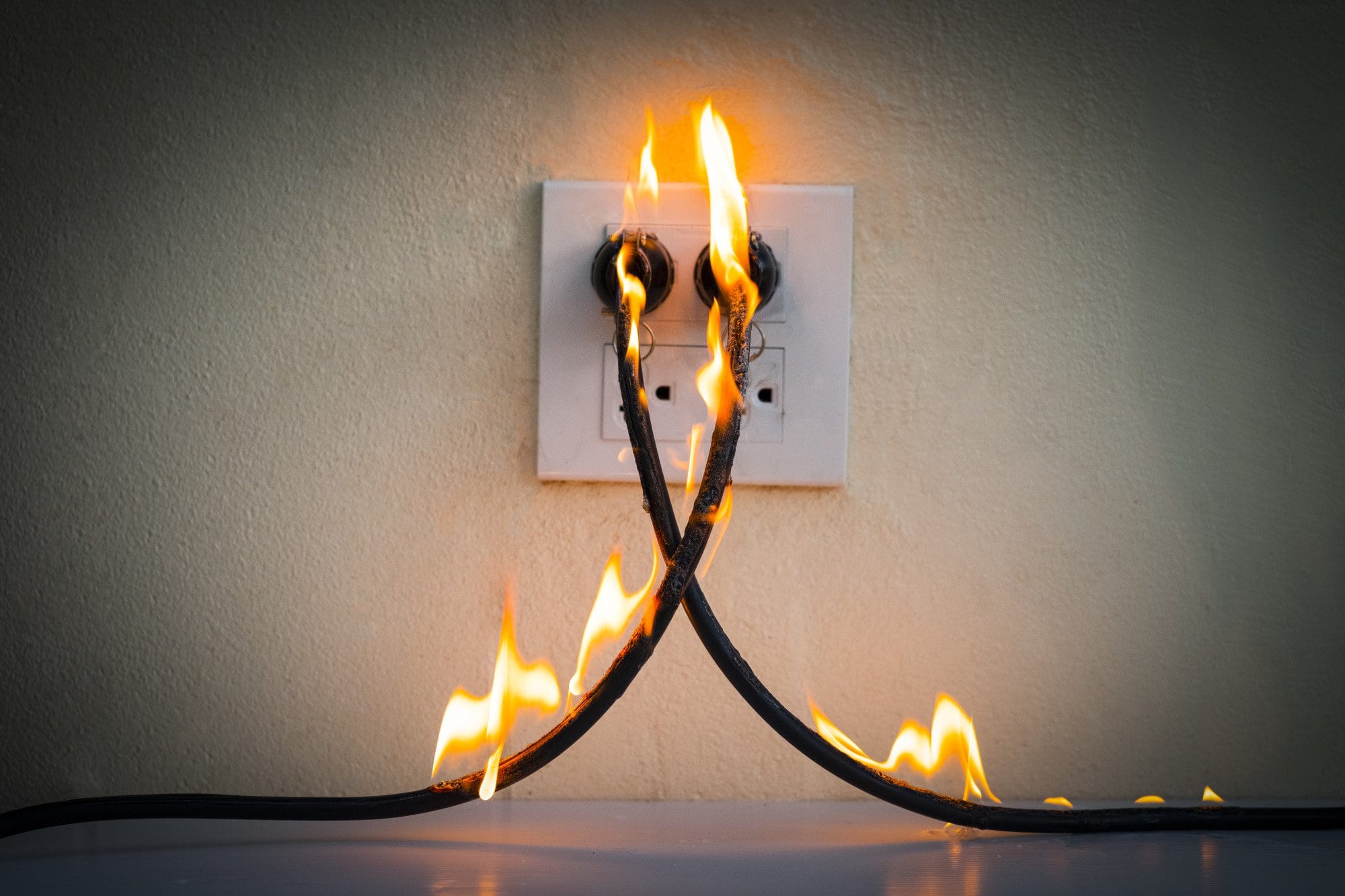
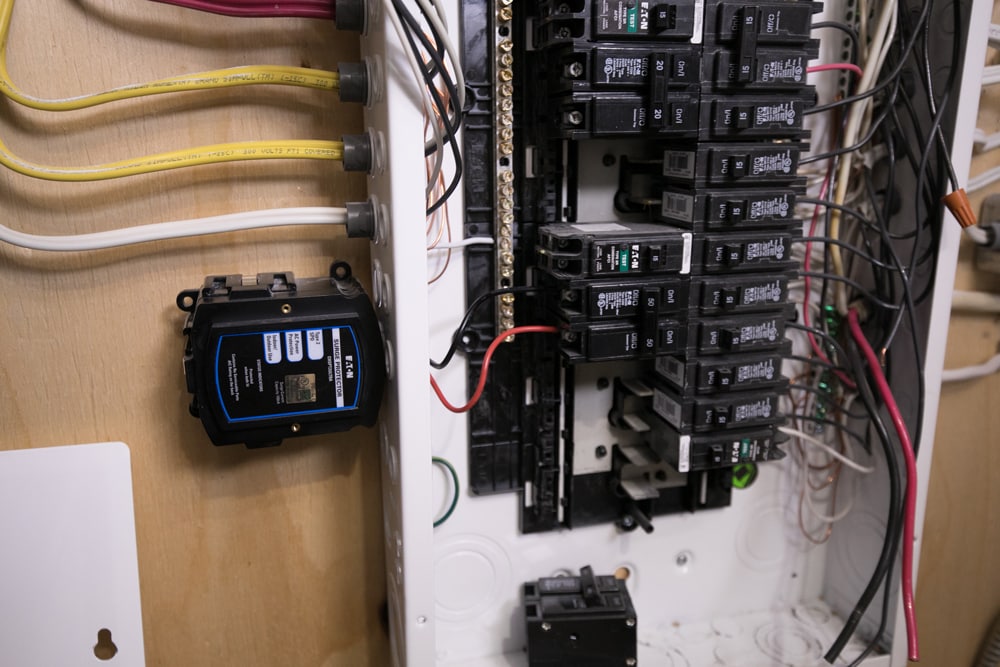
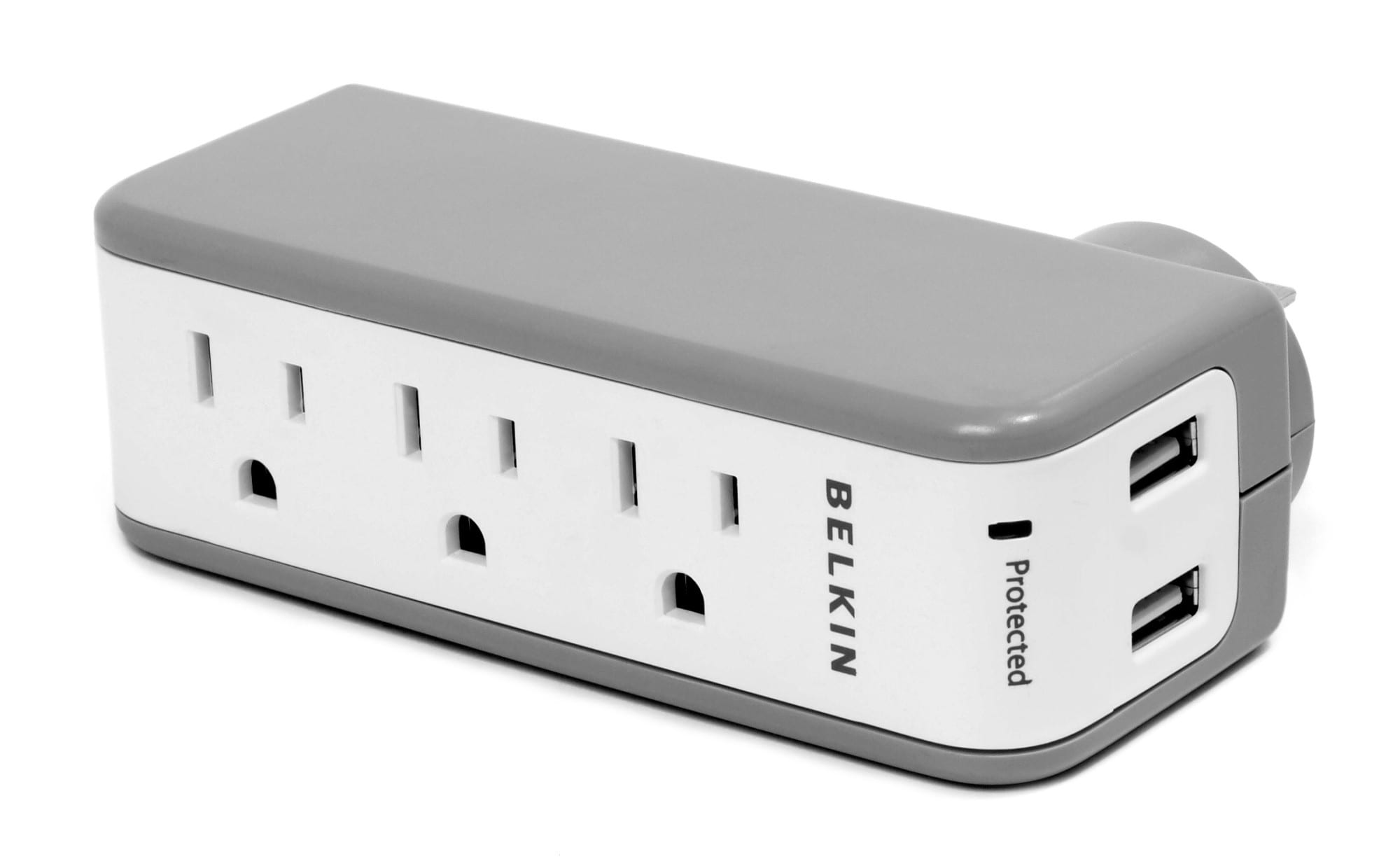



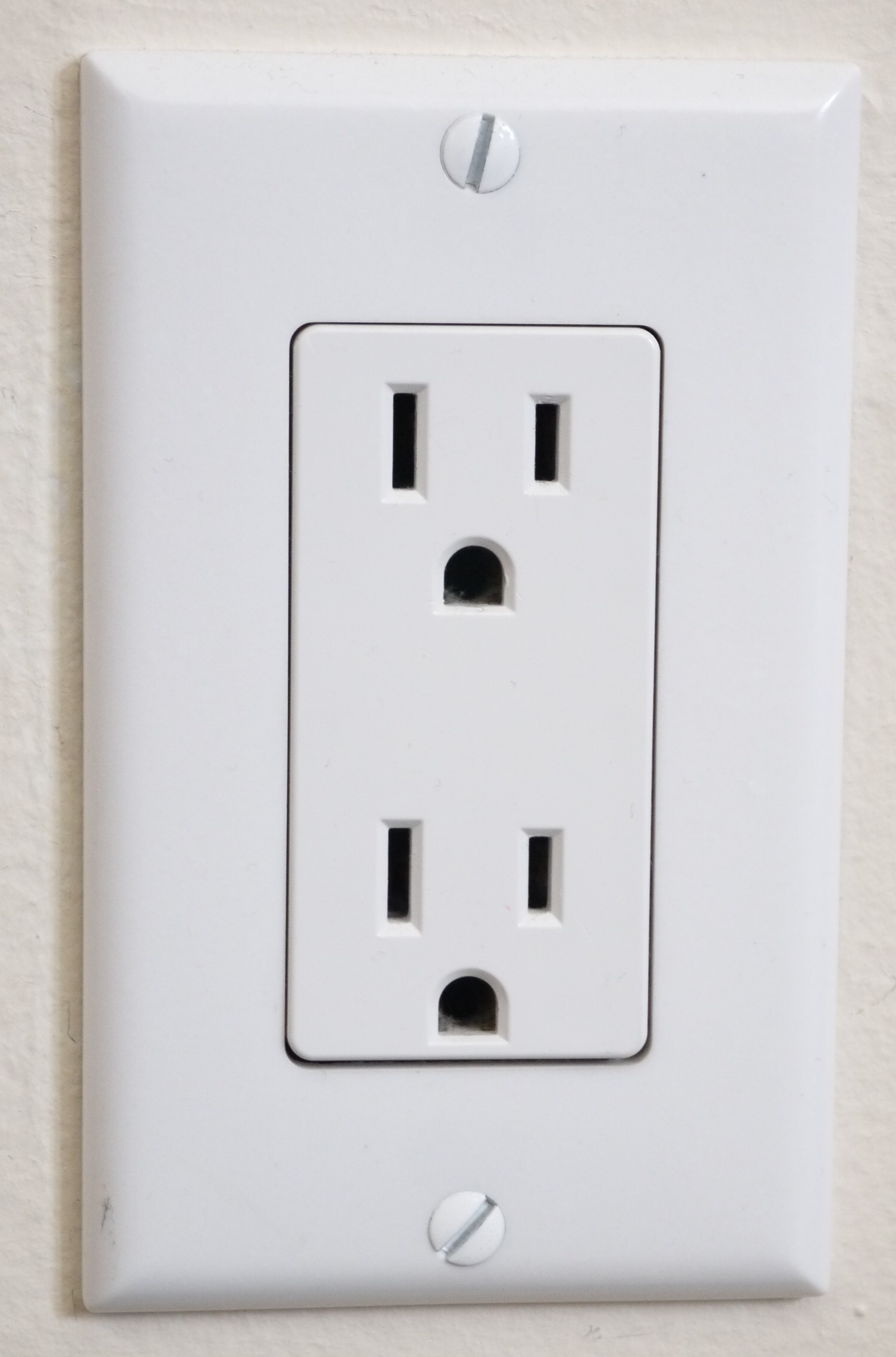

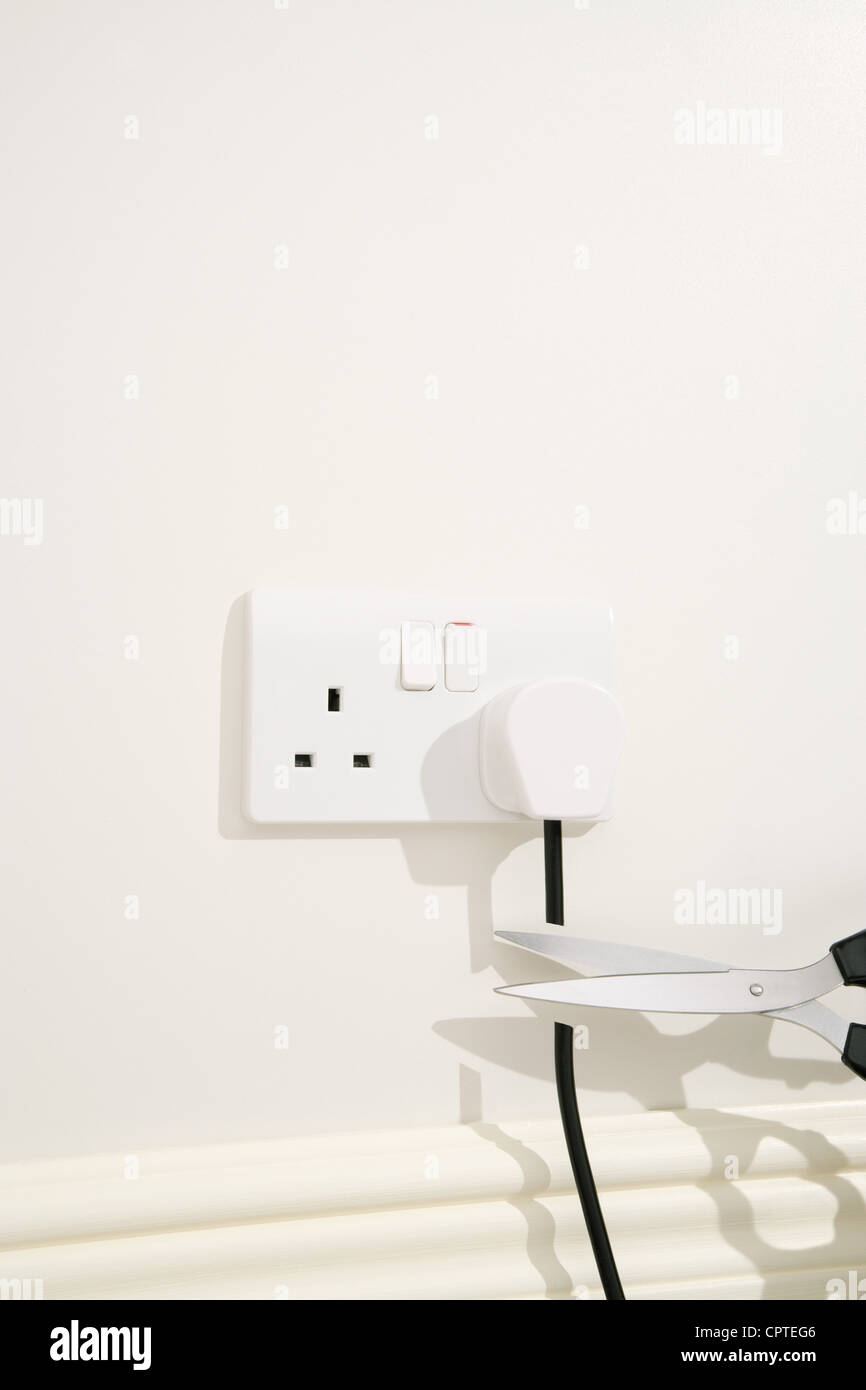
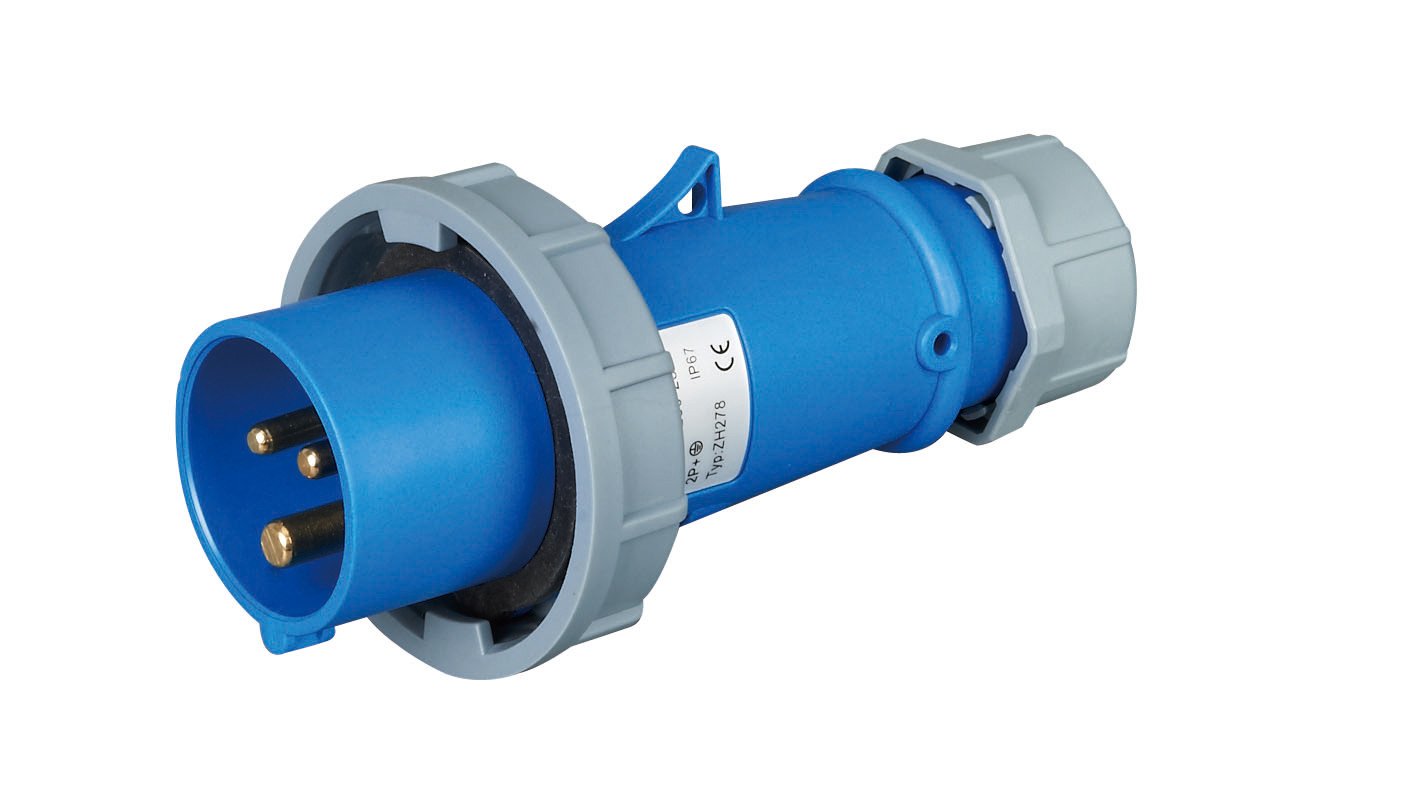
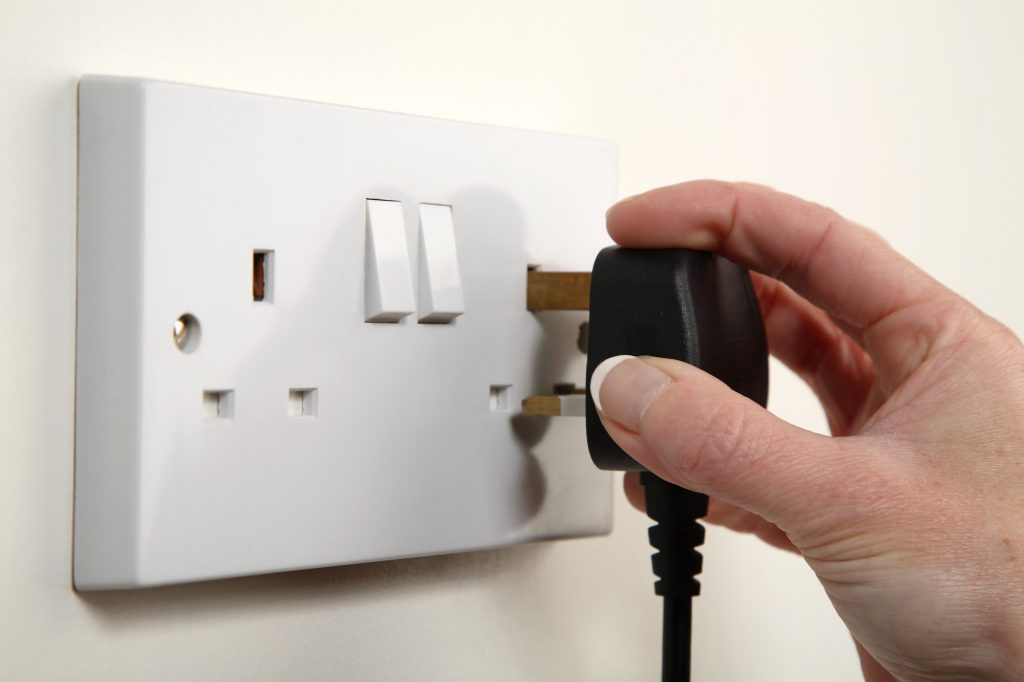

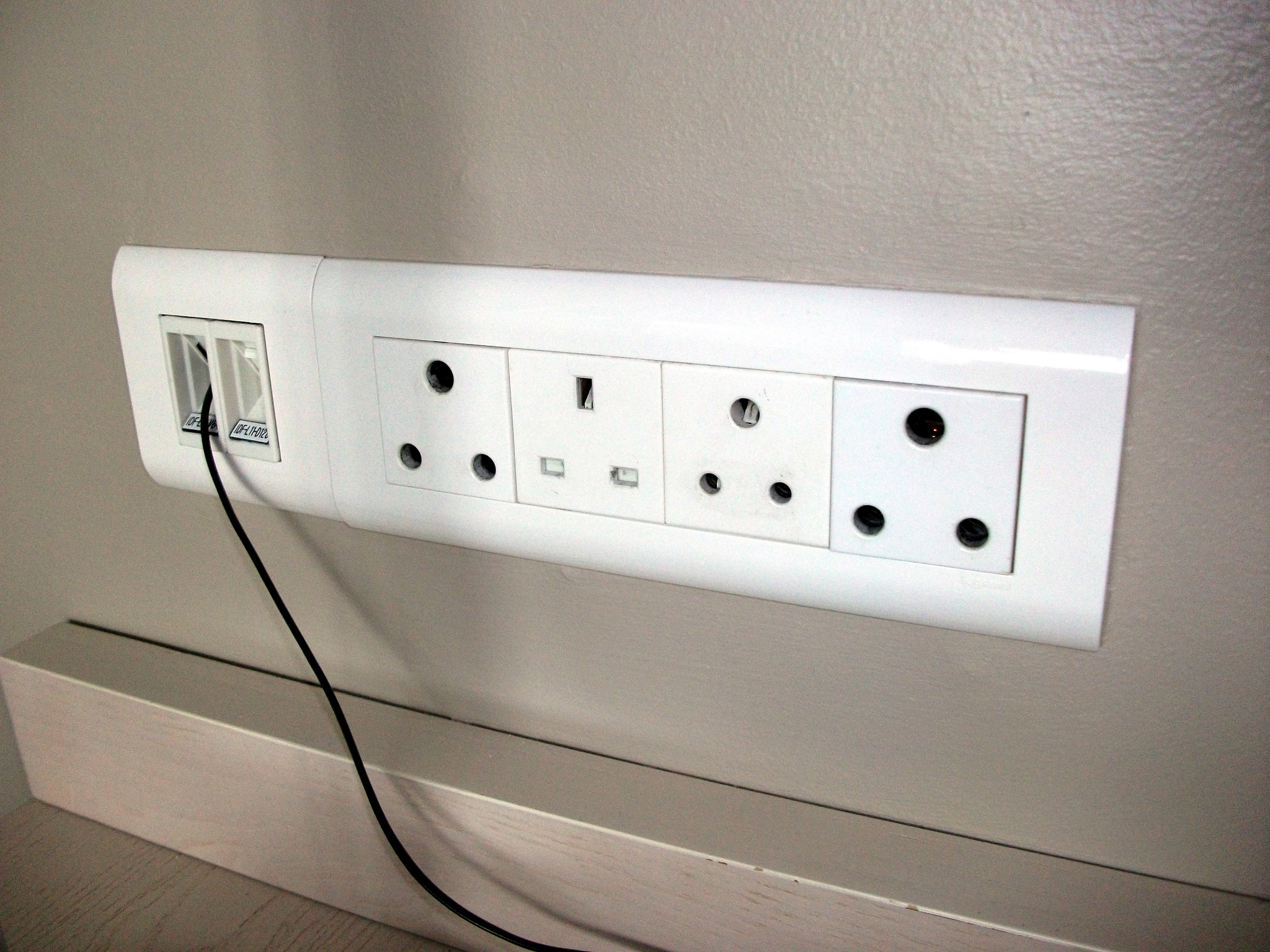
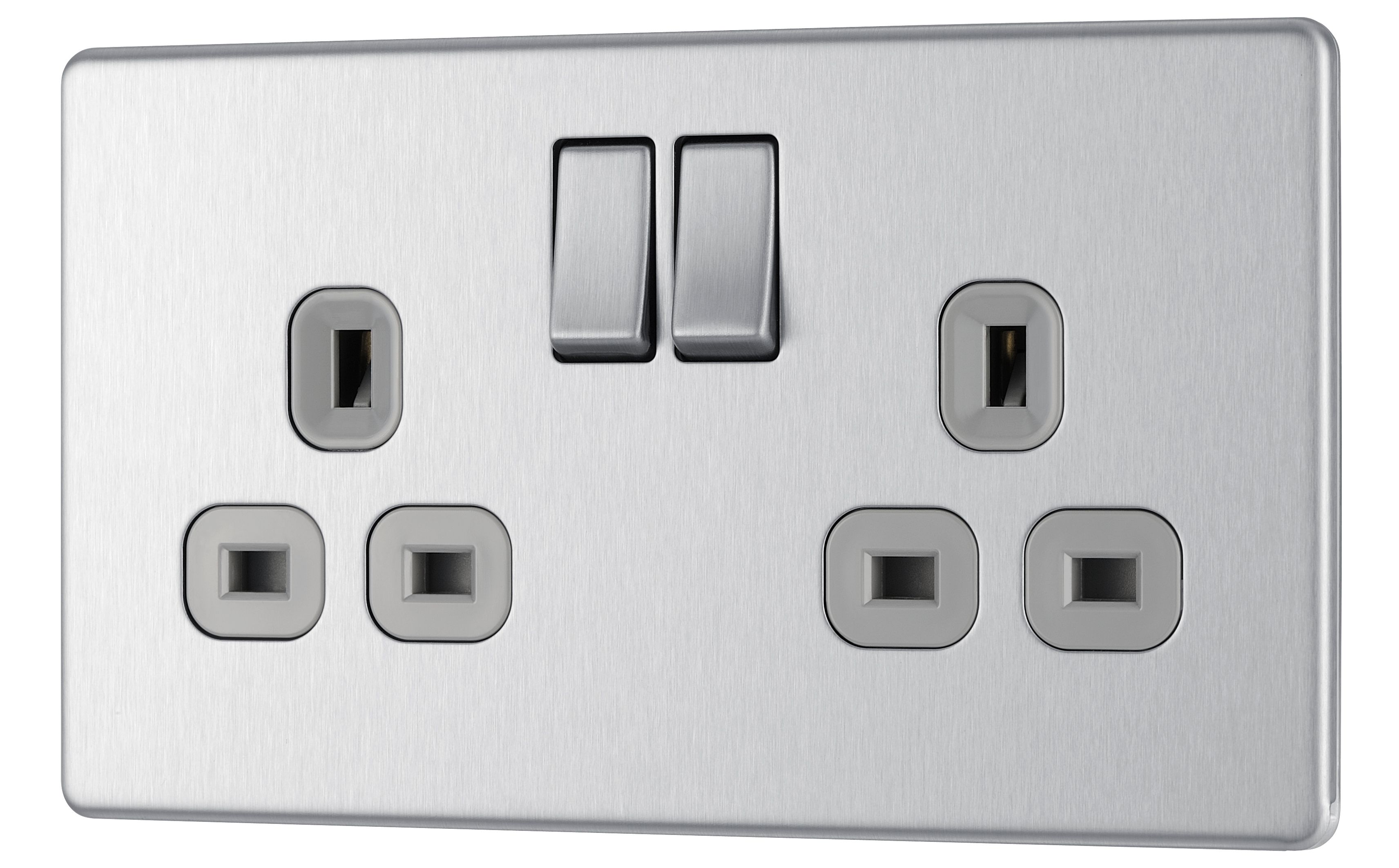
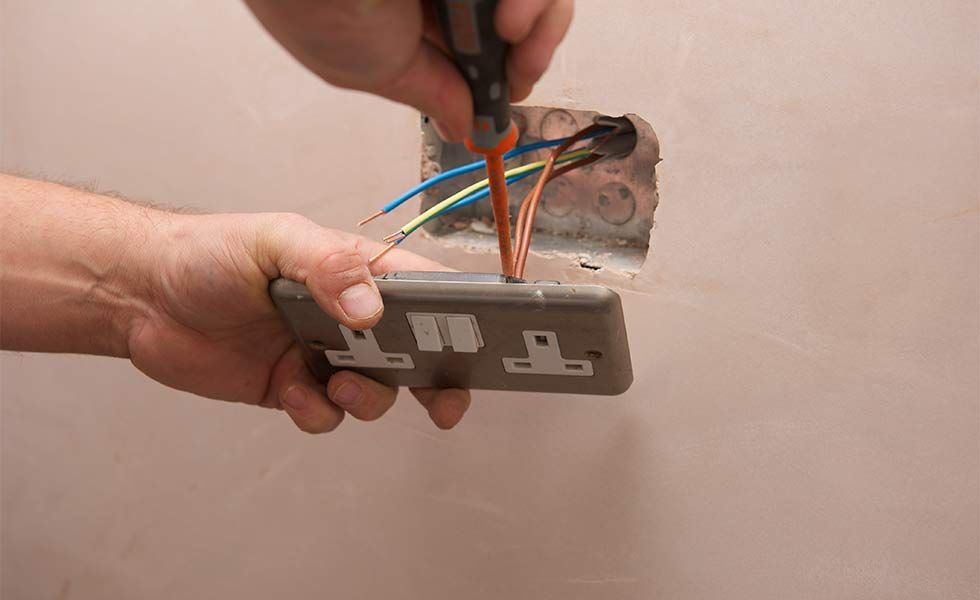
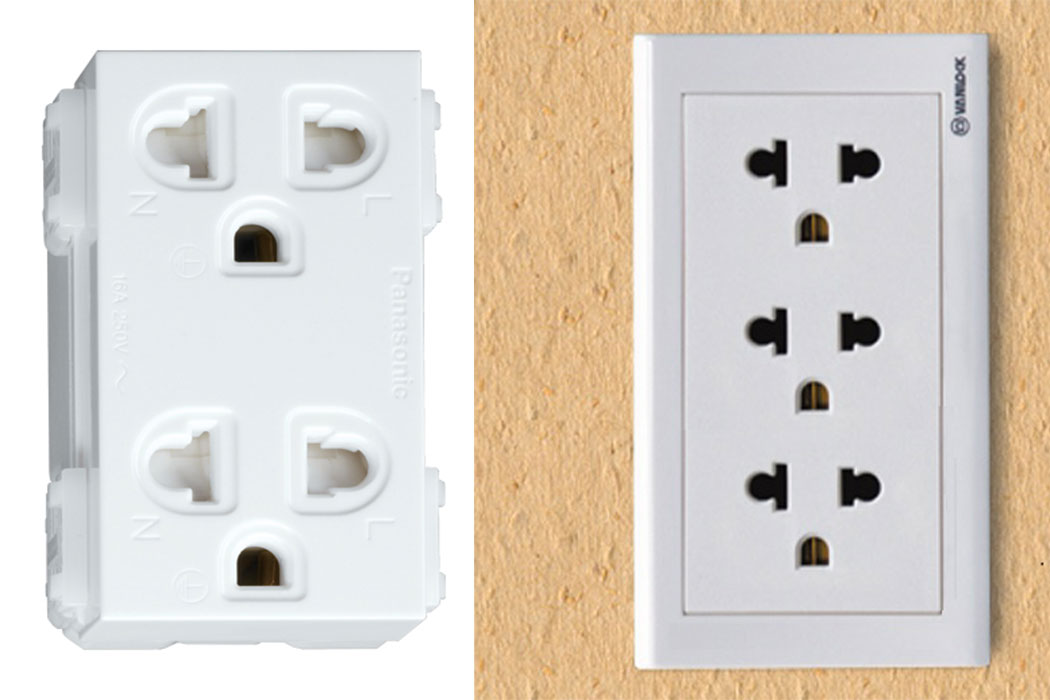


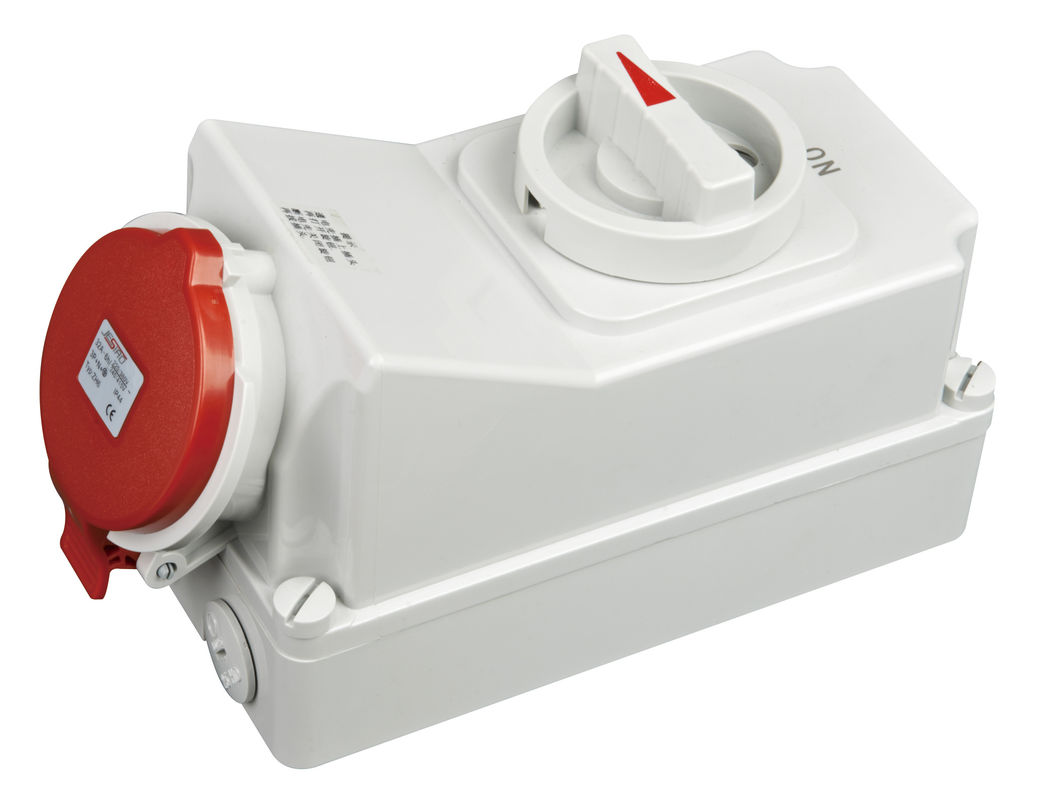

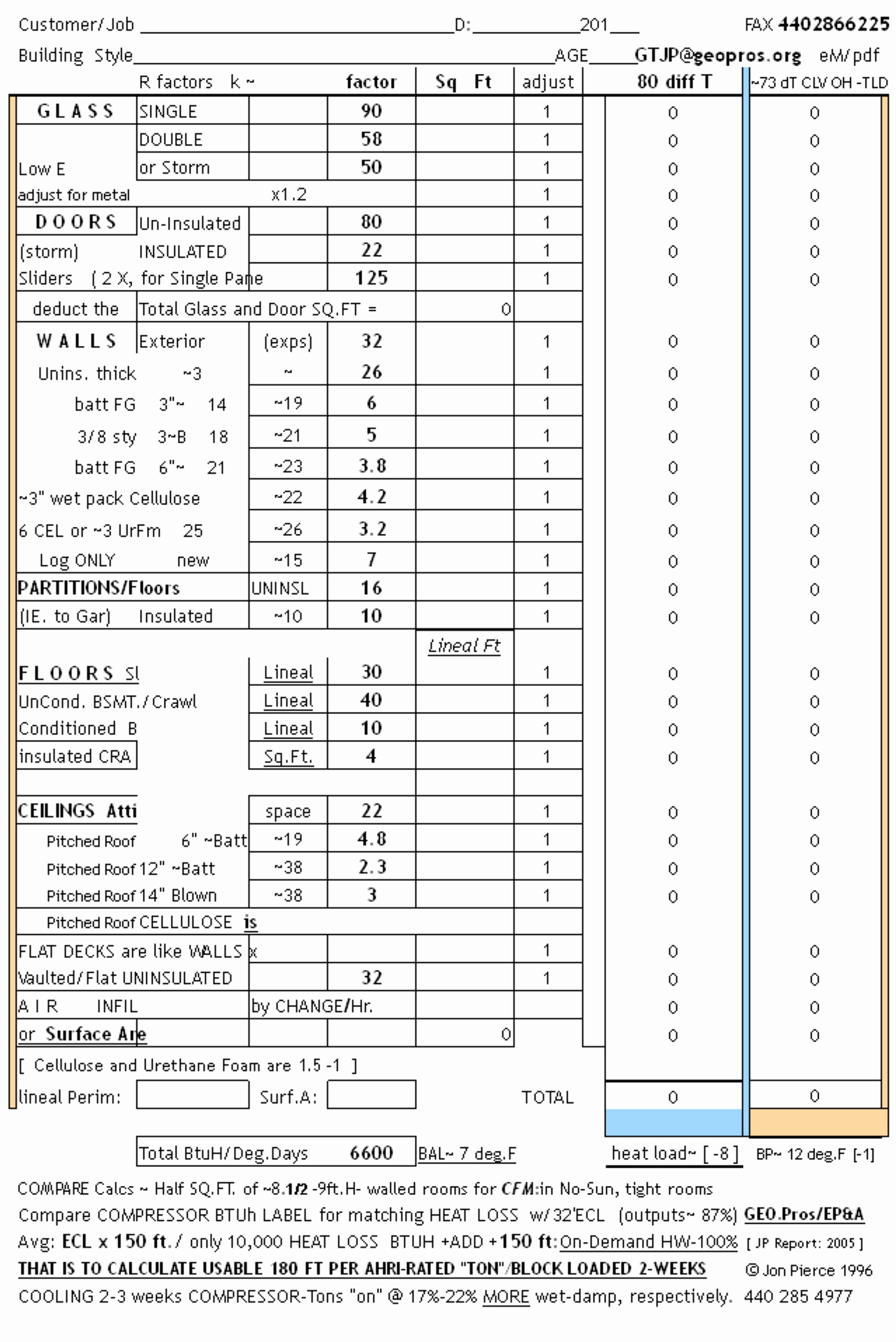

:max_bytes(150000):strip_icc()/calculate-electrical-circuit-load-capacity-1152739_final-5bd9c3a746e0fb002d327b0a.png)


